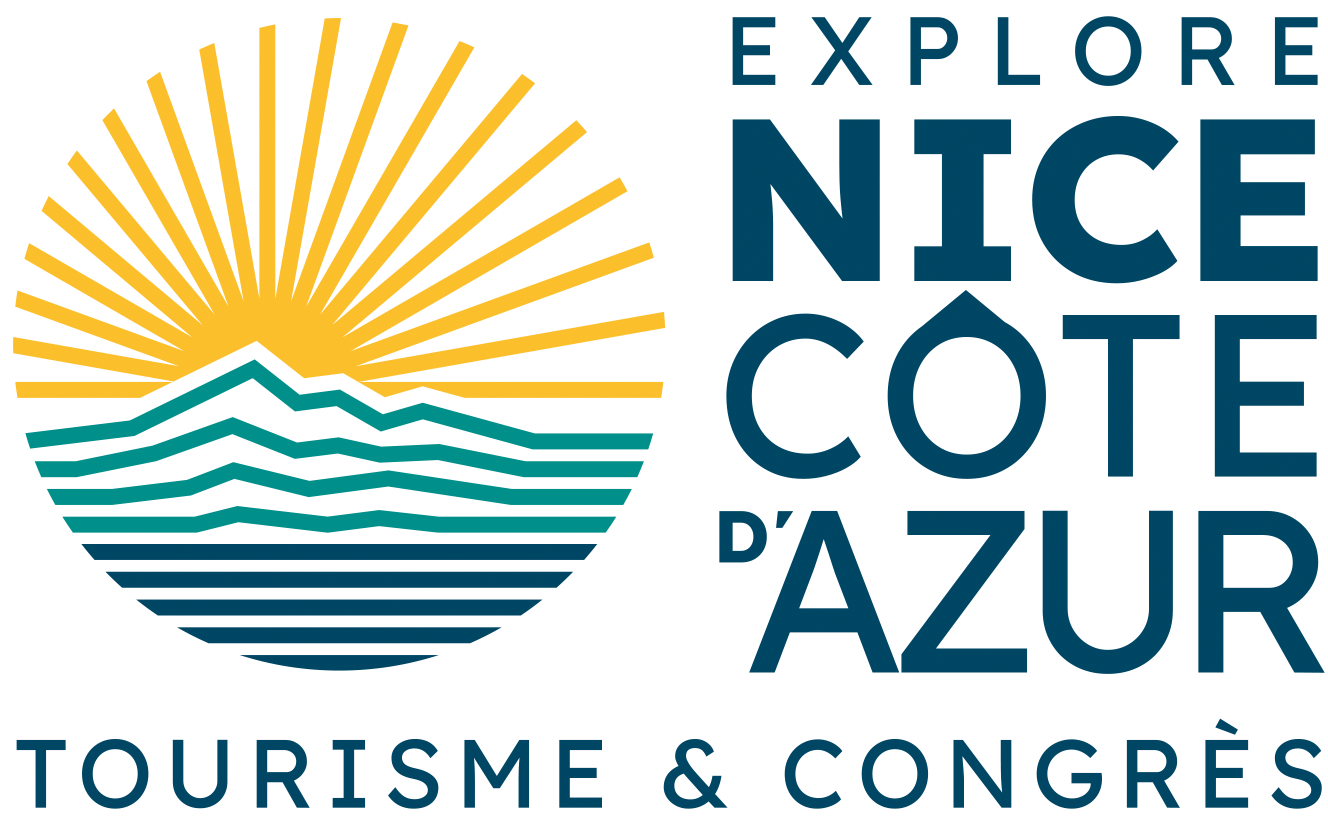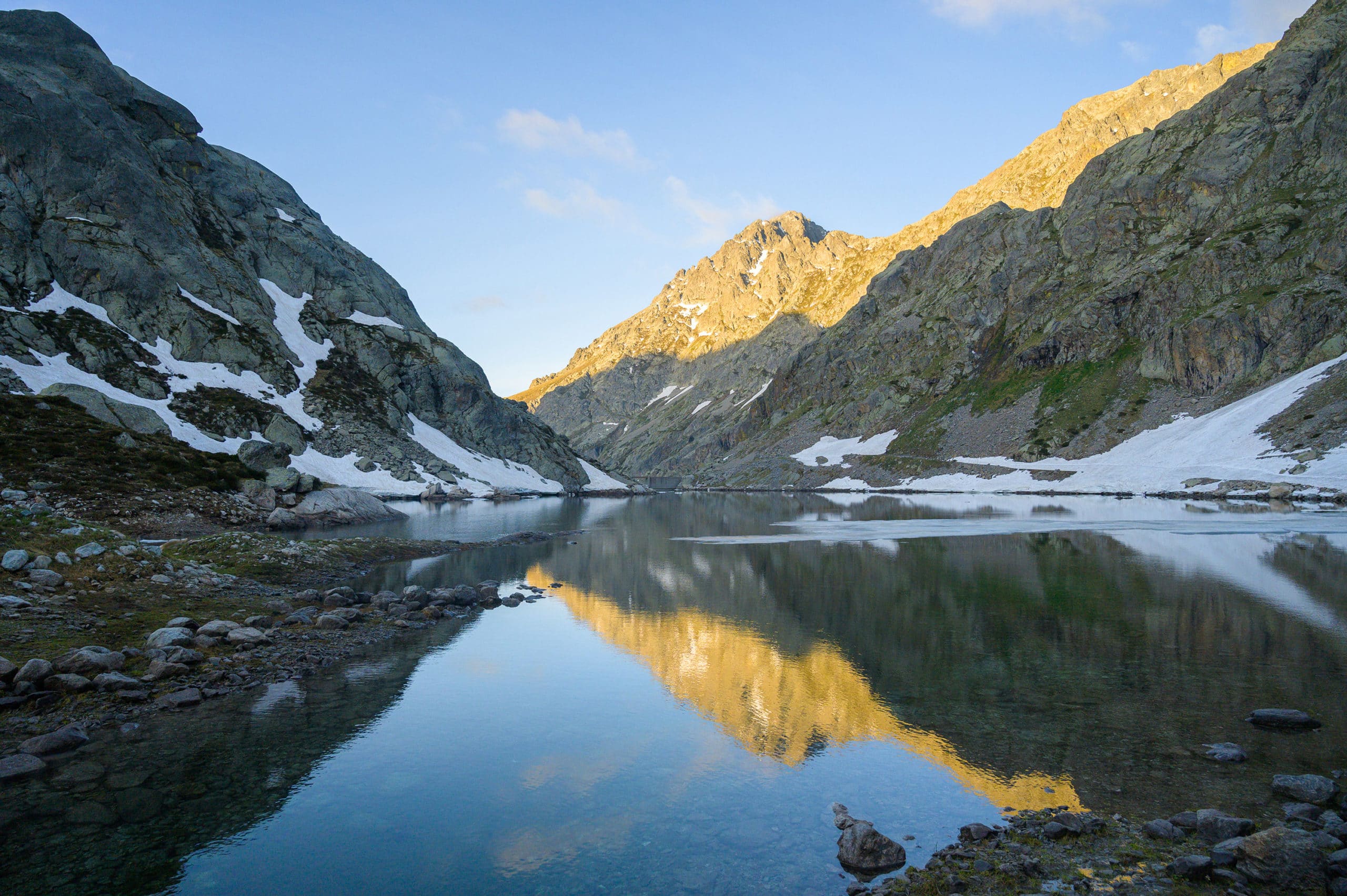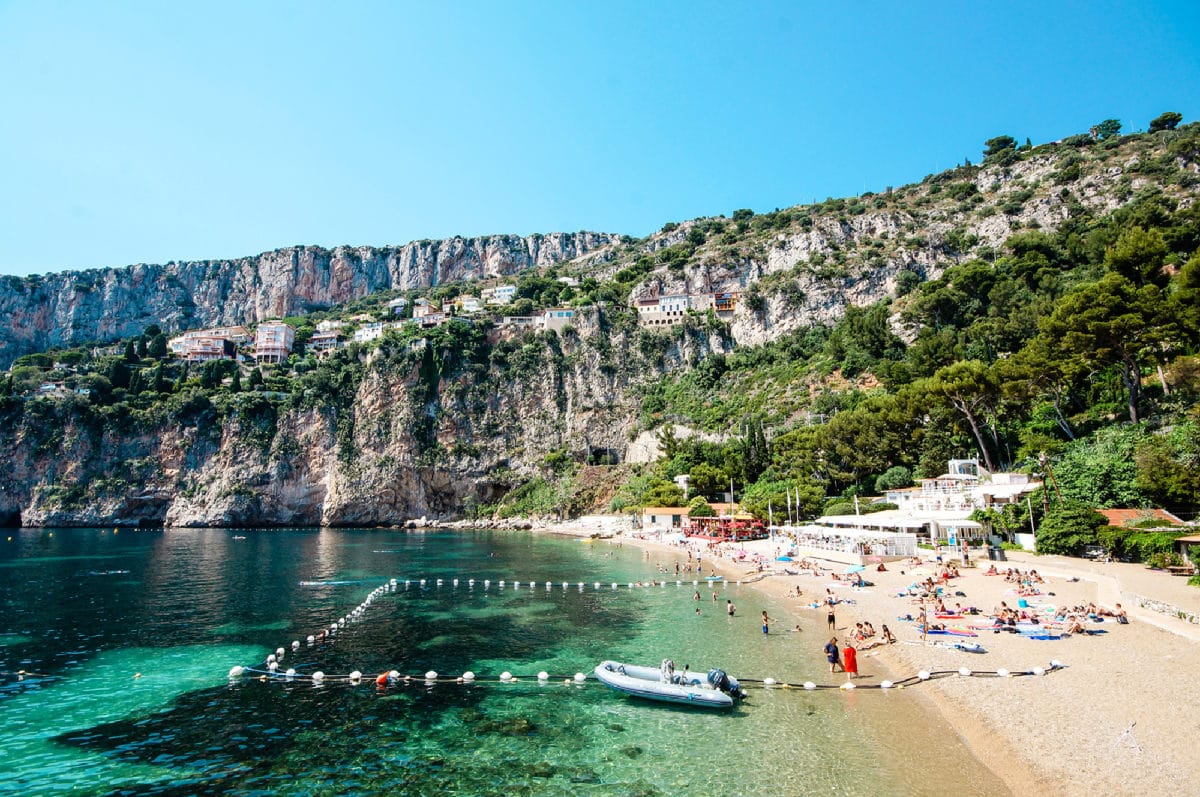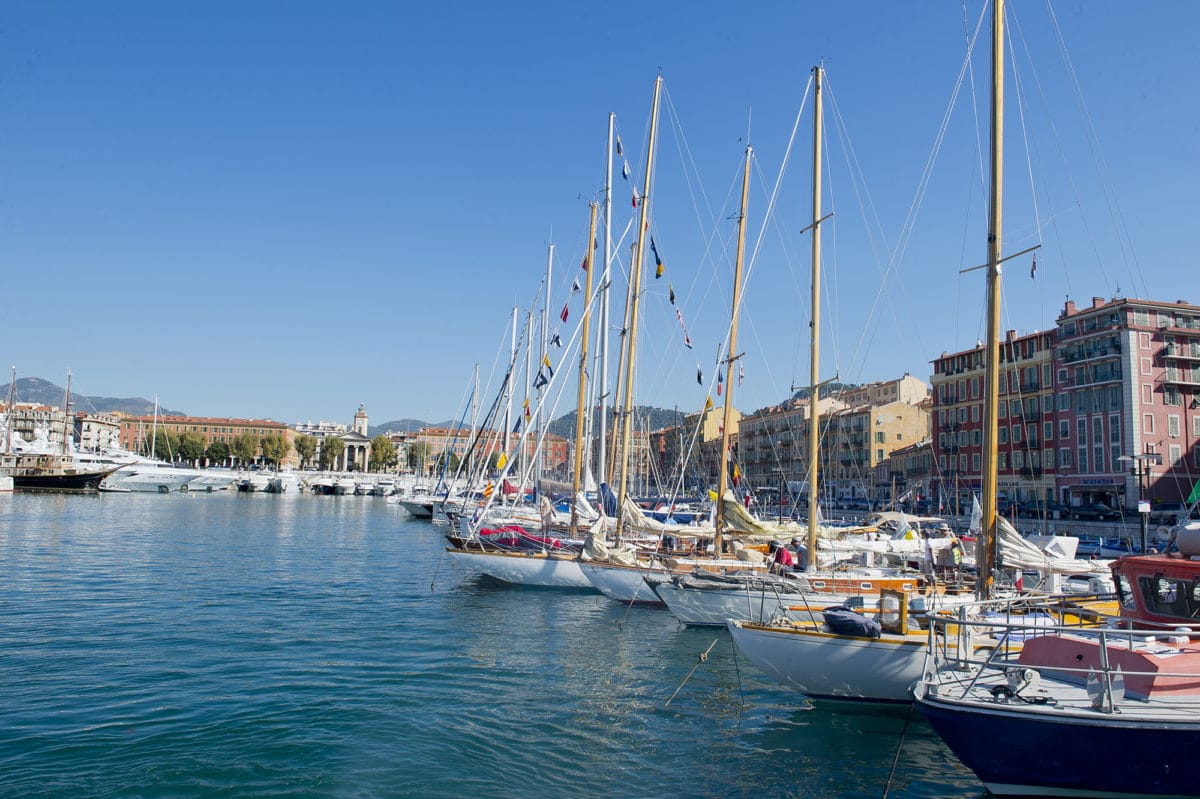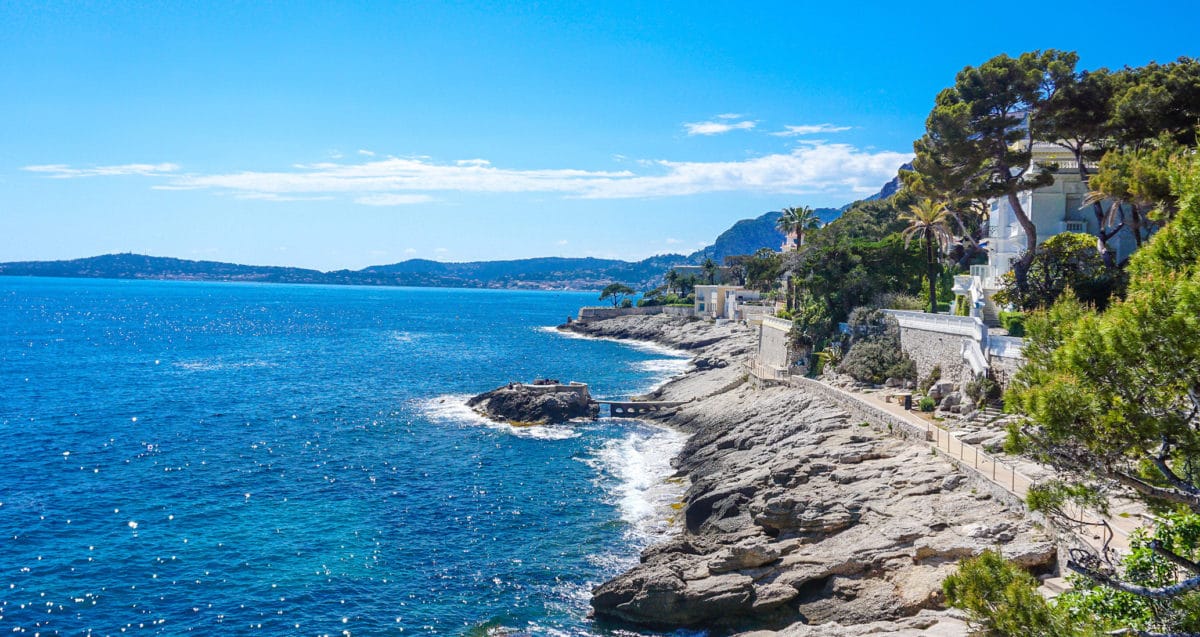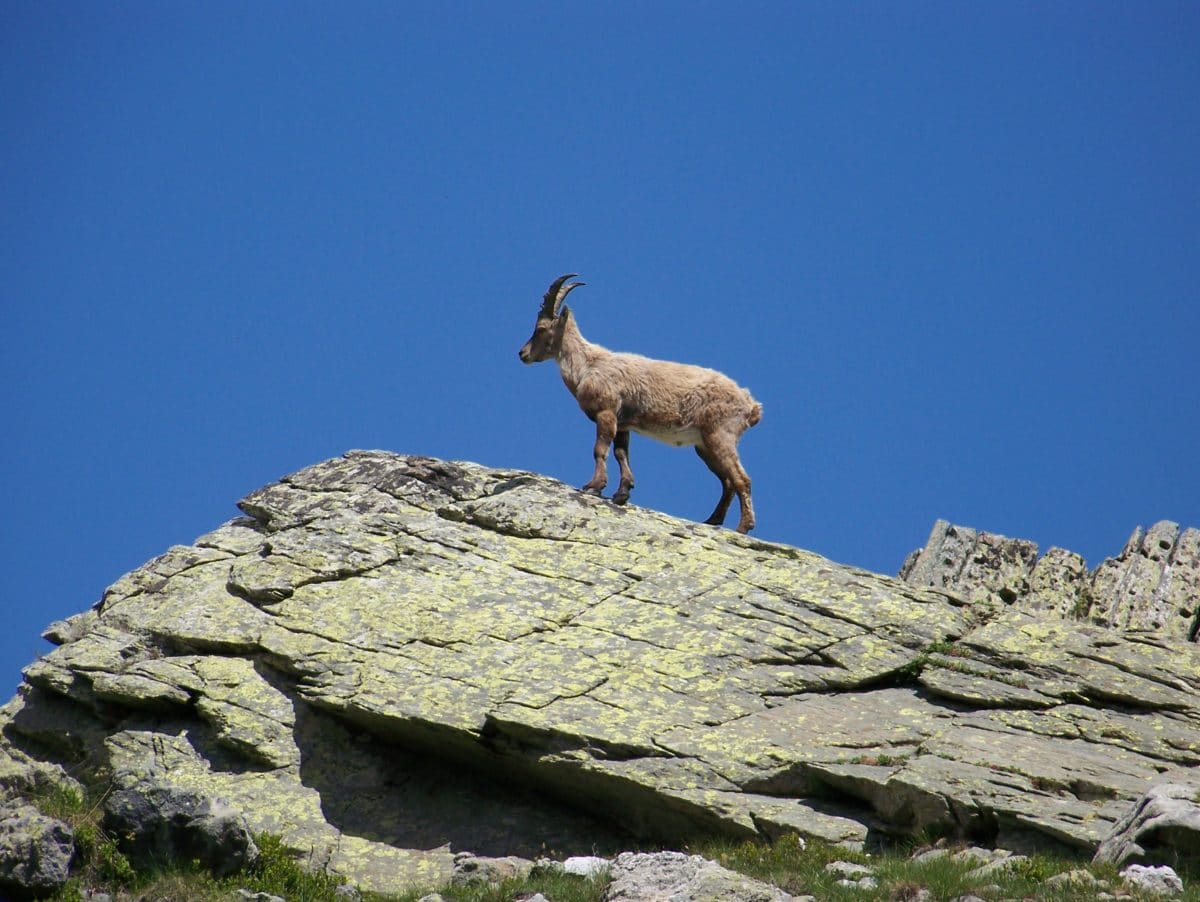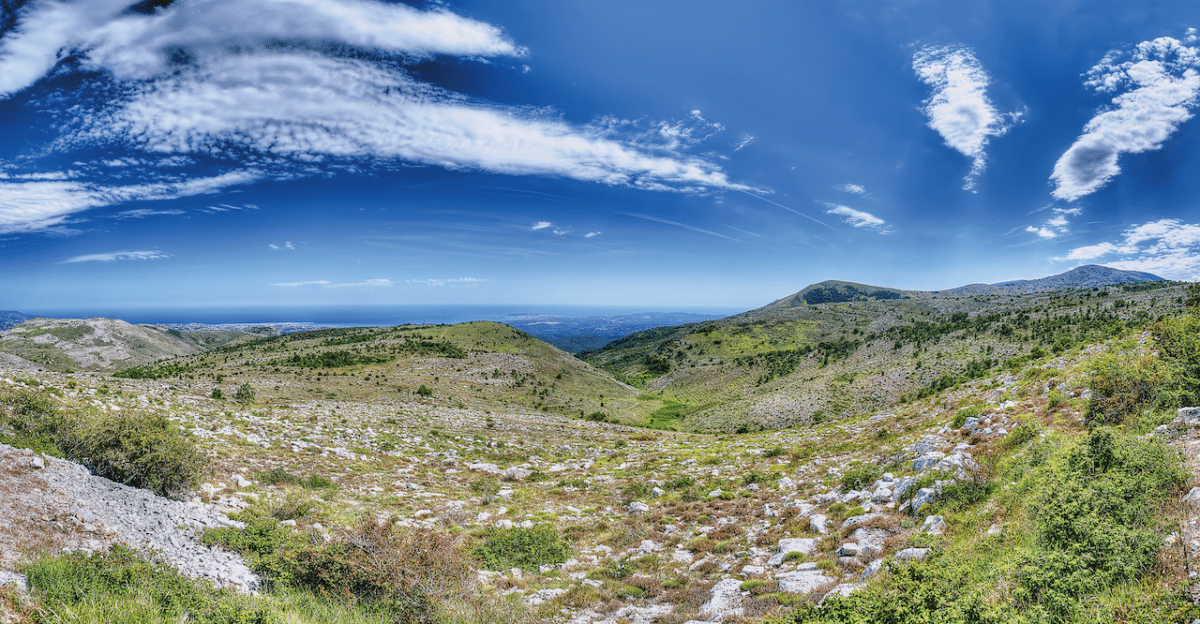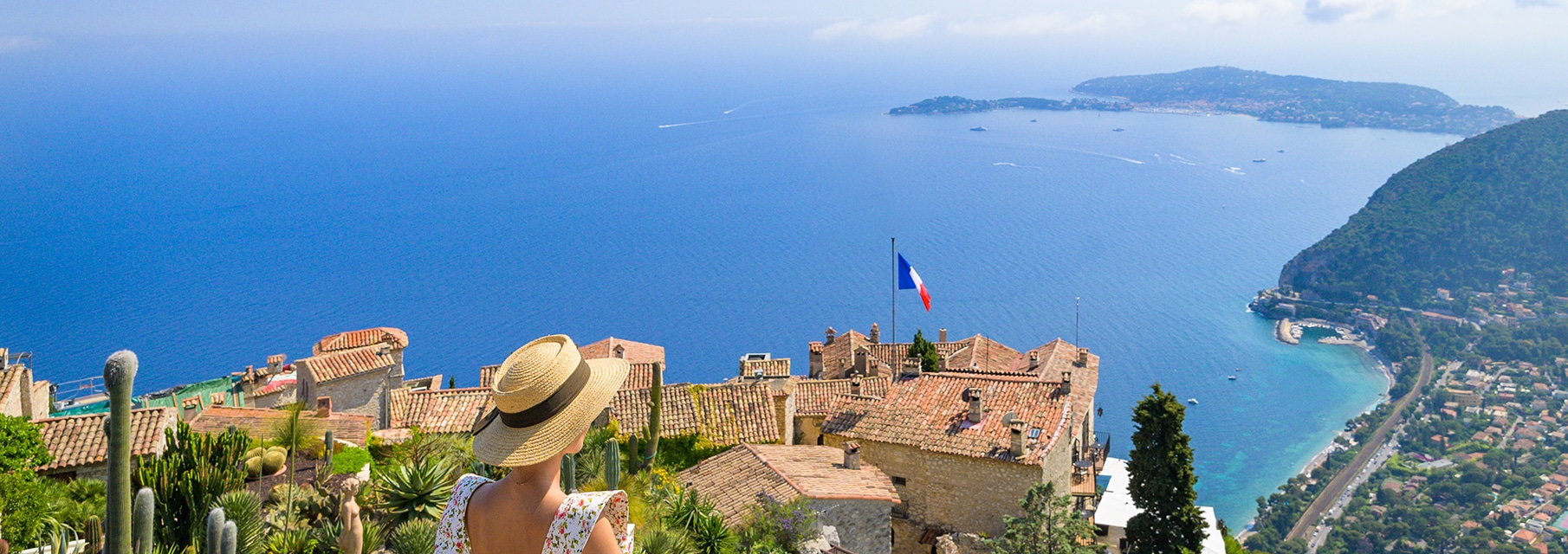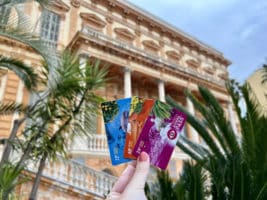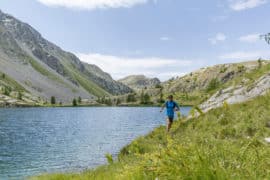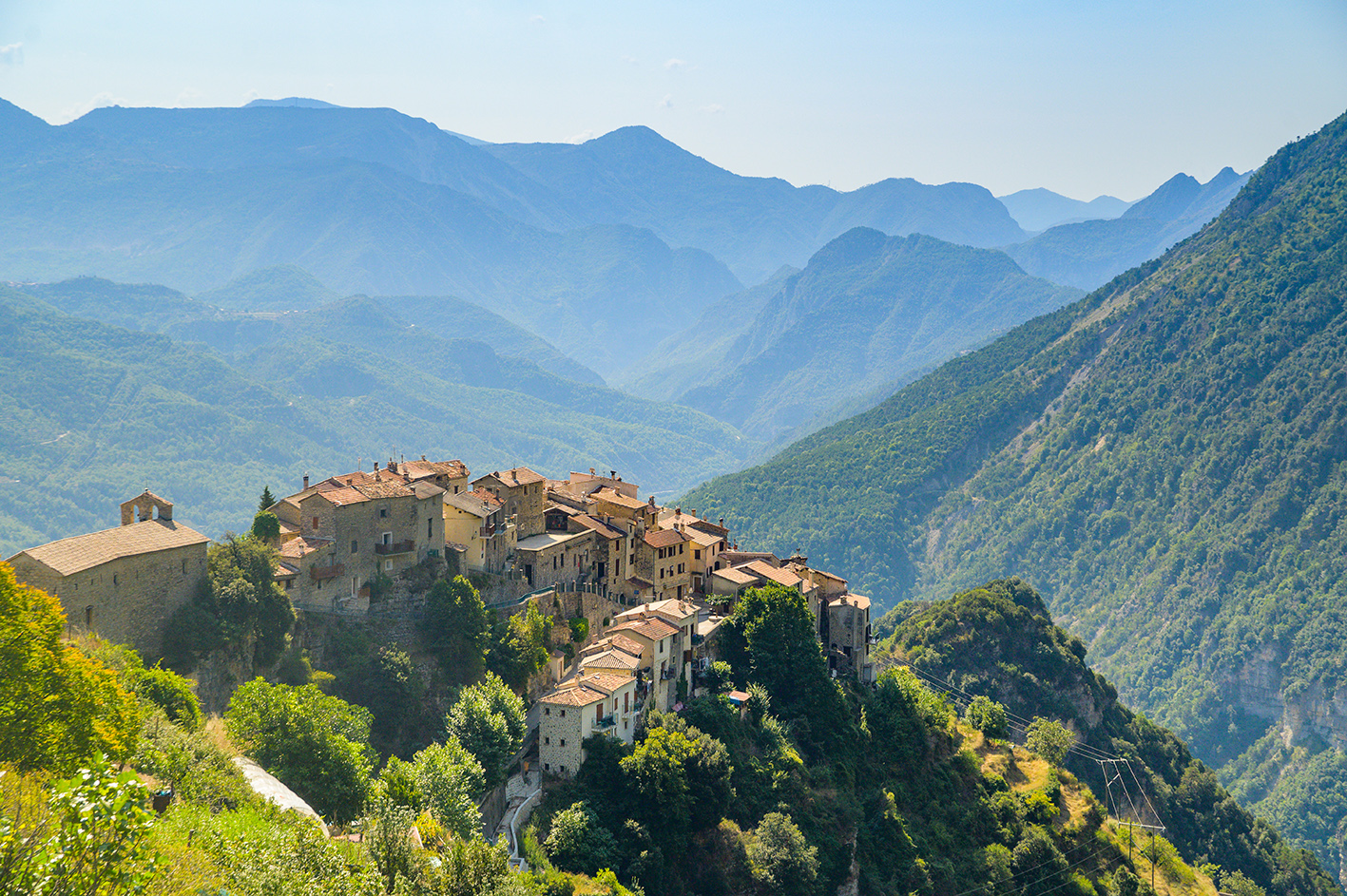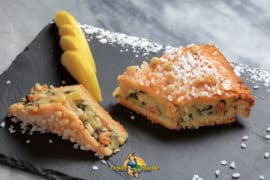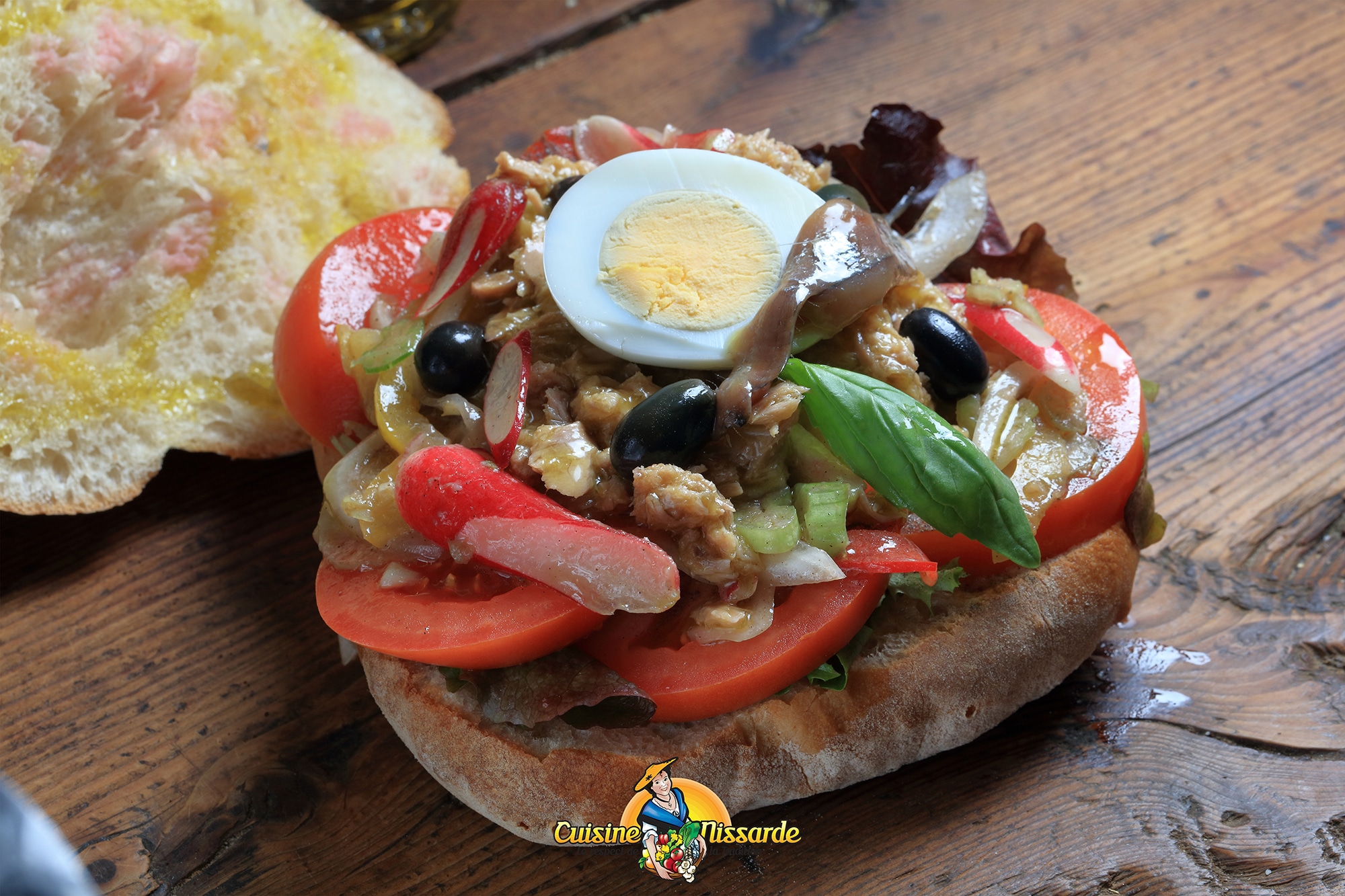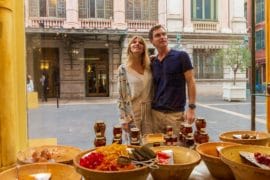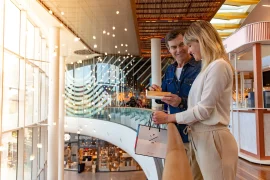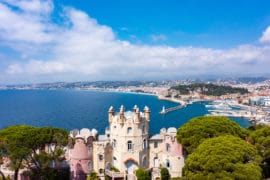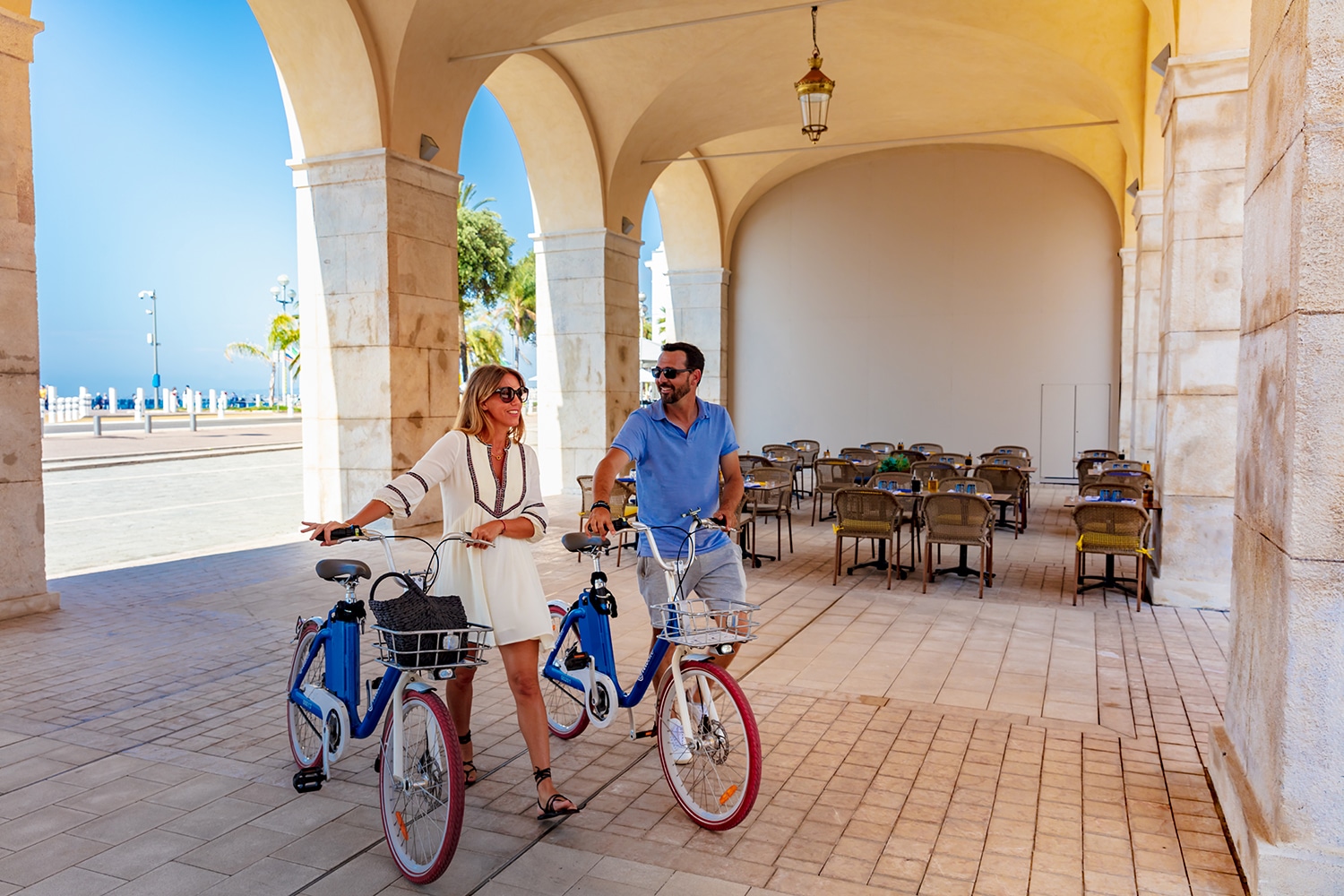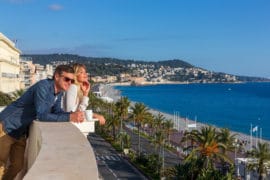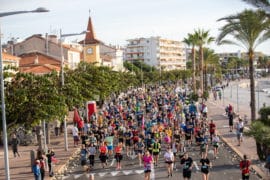Nice Côte d’Azur, a water story
2 September 2023
Discover Nice Côte d’Azur from an original angle!
« Liquid water is rarer on a cosmic scale than gold on earth…» – Hubert Reeves – Quebec astrophysicist and ecologist
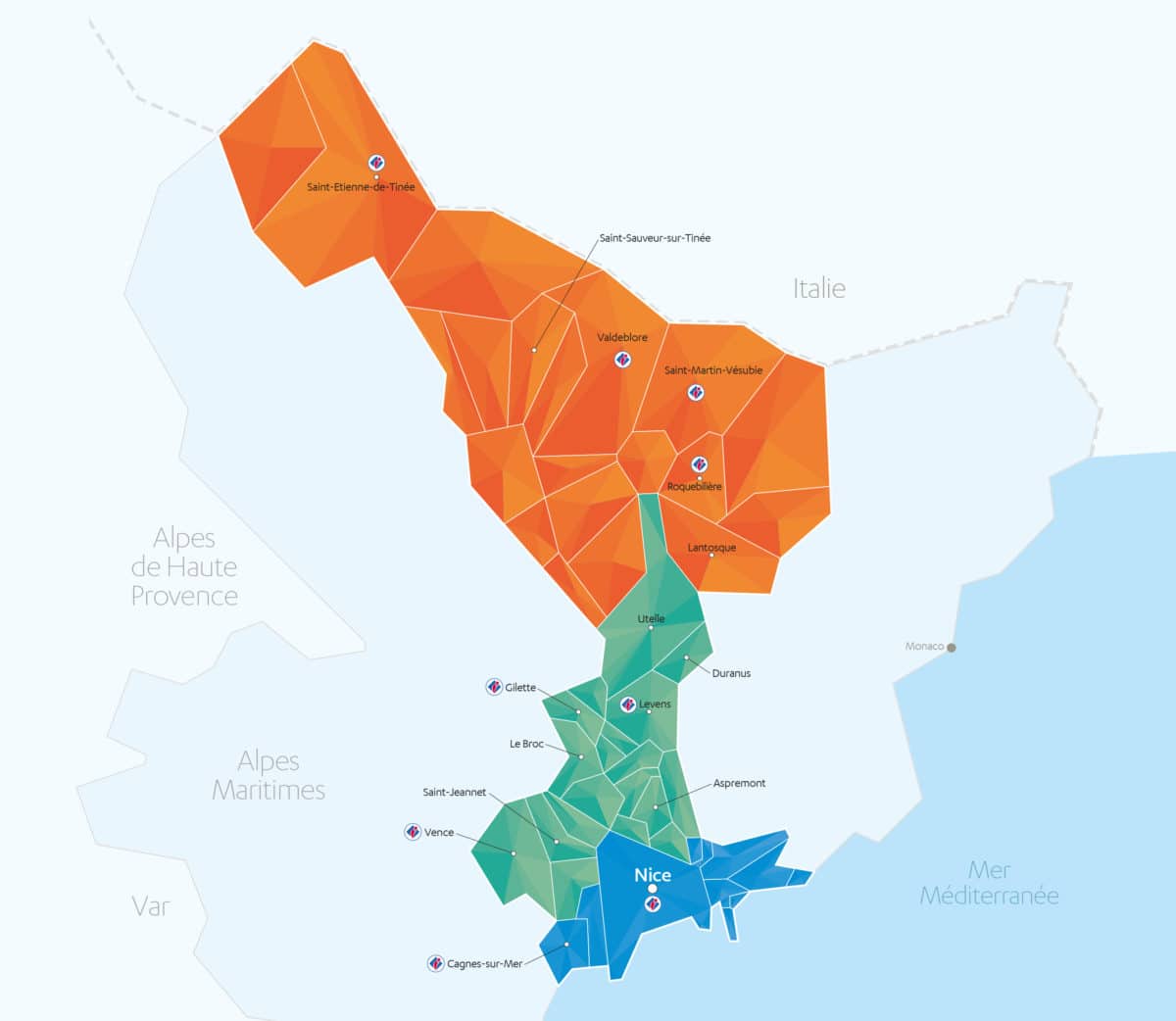
From the white mountains of the Mercantour which culminate at more than 3000m above sea level to the intense blue of the Mediterranean Sea, water is omnipresent on the territory of Nice Côte d’Azur.
Just like the sun, this vital source accompanies you whatever the landscape, the altitude or the nature of your activity. If biology reminds us that water is at the origin of everything, thanks to the development of micro-organisms, water clearly tells the story of man, the territory and its heritage.
It is through water that you will best discover our metropolitan territory: snow and sports in winter, leisure and water activities of all kinds up to the seaside, but also customs and traditions because water is a permanent celebration on the land of Nice Côte d’Azur.
Rediscover the torrents, rivers and canals that make their waters slide down to the sea, along the changing landscapes and biodiversity, in the heart of the valleys. On foot, on skis, running, in a wetsuit, in a swimsuit, on a bike, discover a territory whose beauty has been built with feet in the water and head in the sun…
1. In Nice, water flows naturally…
The “Canal de Gairaut”
Built in 1885, a canal, bringing water from the Saint-Jean-la-Rivière dam (at Utelle) to the Vésubie, solved the drinking water supply of the people of Nice. 32km700 long, this canal represented, for the time, a technical feat alternating underground and open-air parts as far as Nice. Nowadays, the best known section of the Niçois is a section called the “Canal de Gairaut”, 1750 metres long, on the hills above Nice.
Running along an aerial part of the canal, this section will offer you a pleasant and free family walk, under the olive and fig trees. With no difference in height, it is also a peaceful place very much appreciated by joggers, all the more so as it offers magnificent panoramas over Nice.
A training ground for some, a change of scenery for others… a sea view appreciated by all!
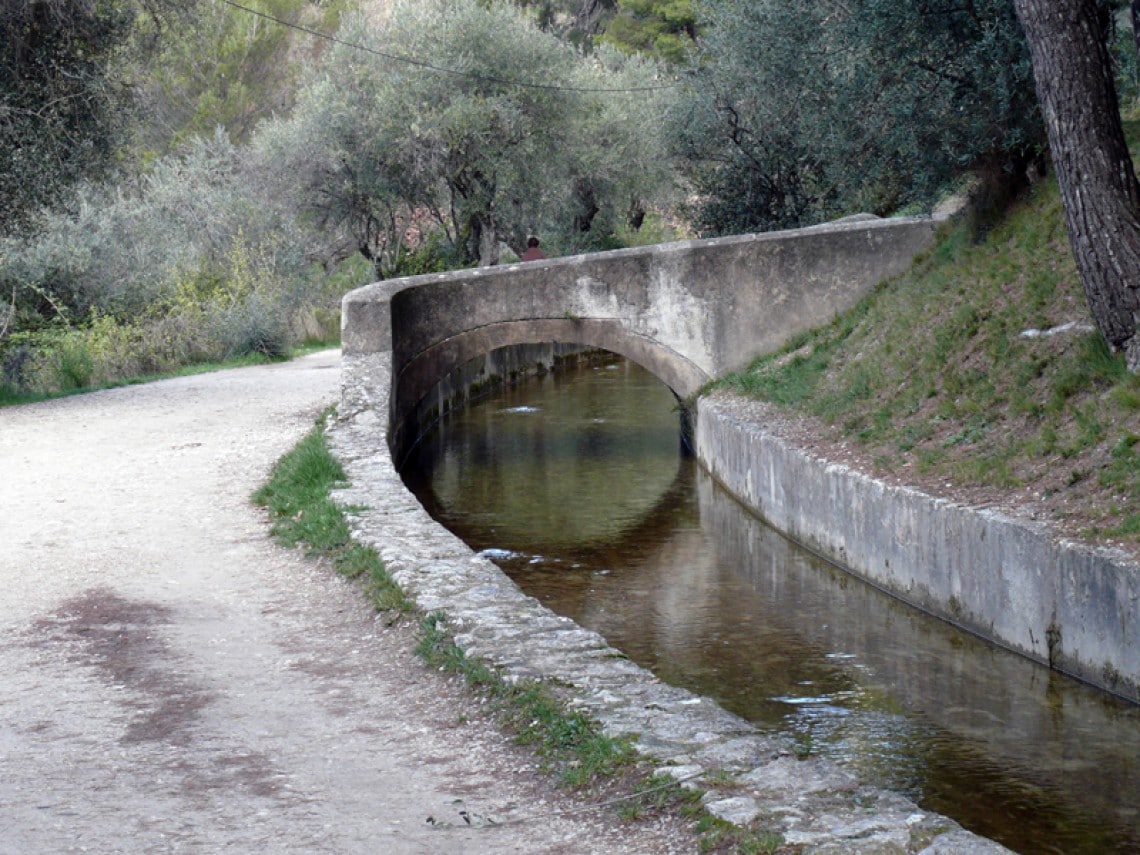
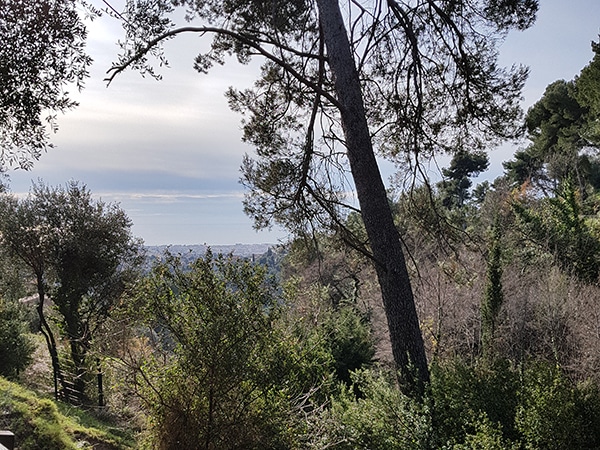
The Gairaut Waterfall
Take advantage of your presence in the area to also visit the Gairaut Waterfall. Built in 1883, this waterfall commemorates the arrival terminal of the waters of the Vésubie canal which brought running water to the districts of Nice.
Today, the artificial waterfall continues to oxygenate the water. All the basins, waterfalls, rock caves and the “chalet du garde” in the Austrian style, which was very popular during the Belle Époque, have been listed as historical monuments since 2001. Ducks have taken up residence here, making it a friendly and bucolic place.
You will also discover a superb view of the surrounding hills, the city of Nice and the Mediterranean Sea. You will not be able to resist the desire to immortalize in photos this place full of charm and romanticism. Depending on the time of your visit, you will even have the privilege of admiring a splendid sunset! (Free access).
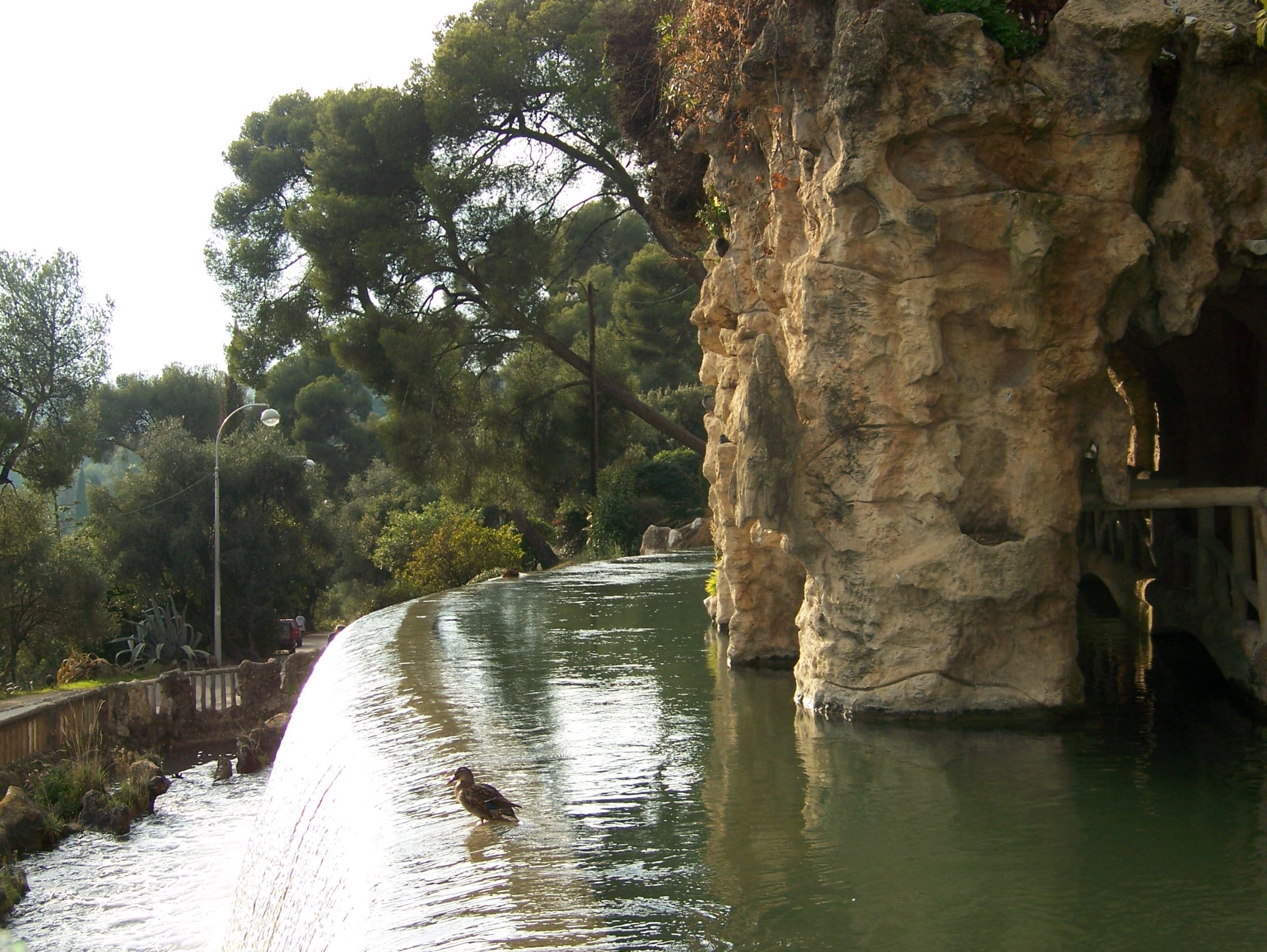
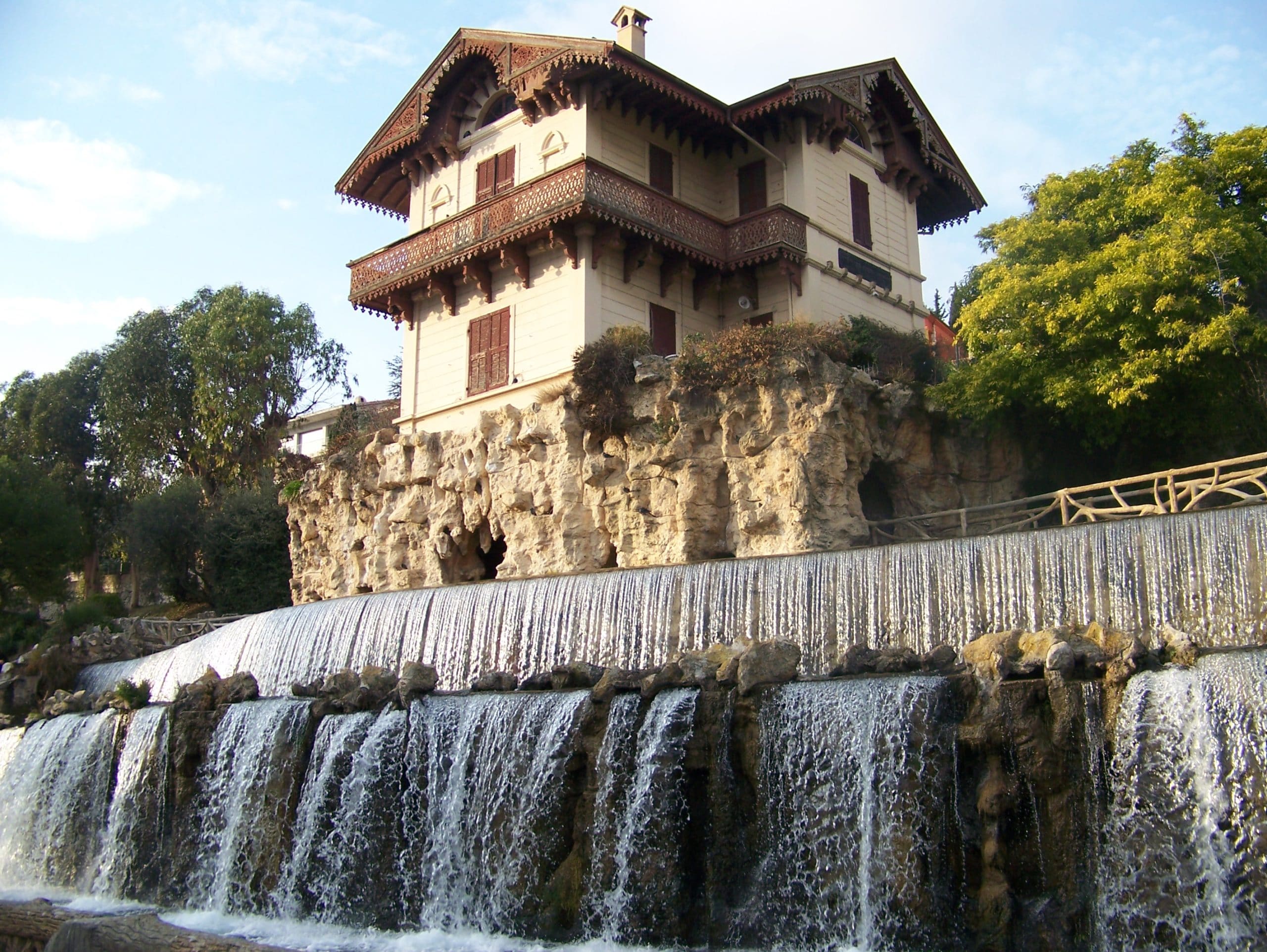
@OTM NCA / JM
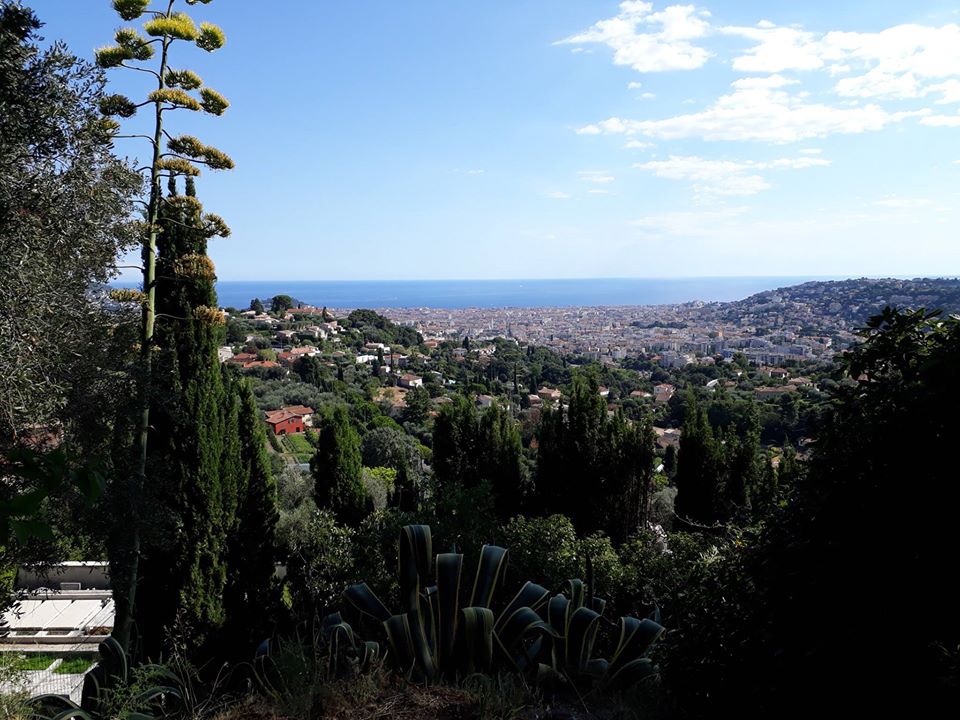
@OTM NCA / JM
When you go back down to the coast, at the beginning of the Promenade des Anglais on the east side, don’t miss the Castle Hill and its surprising waterfall!
Built in 1885 on the ruins of the keep of a medieval castle (castle destroyed by the troops of Louis XIV in 1706), the Cascade du Château was intended to embellish the hill, but also to play the role of overflows to the basins of the first modern water supply in Nice. Even today, the waterfall is still fed by the waters of the Vésubie.
A listed natural site, the “Colline du Château” is now a very popular place for walks for both locals and visitors. You will appreciate this veritable labyrinth of greenery for the freshness of its undergrowth and its surprising waterfall, all the more so as this green lung benefits from a remarkable view of the Baie des Anges, the old town and the port, from dawn to dusk.
Numerous preserved archaeological vestiges embellish your journey. It is a truly unmissable site. We strongly advise you to visit it, especially as it is free of charge. Take the elevator for the ascent. Cartels will tell you the eventful history of the city. At the end of your visit, go back down the stairs (a large number of steps). At every detour, you will be dazzled by the show.
«This is the most beautiful landscape I have ever seen. It is above what I had imagined; it is admirable.»
Napoléon III, contemplating the panorama from the Hill of the Castle of Nice, September 12, 1860
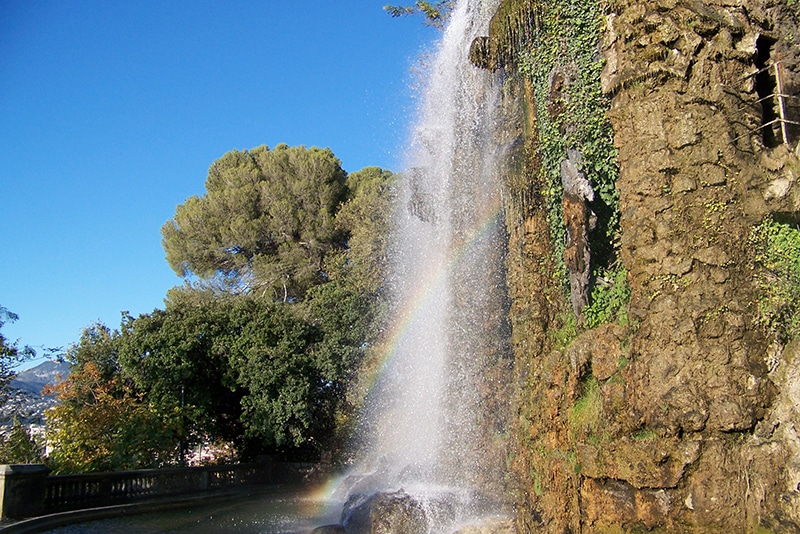
@OTM NCA / JM
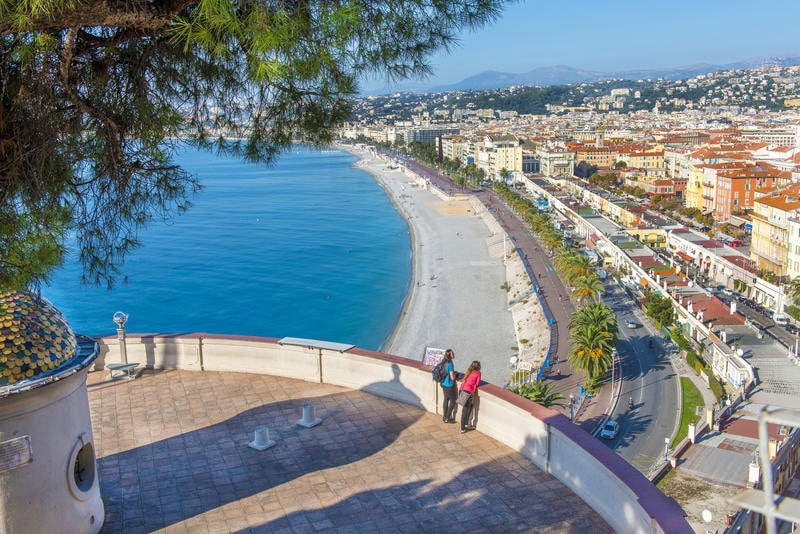
A little refreshment in the heart of Nice
Several fountains decorate the squares of Nice, but the most beautiful is undoubtedly the Fountain of the Sun where thrones in its center Apollo (sculpture signed Alfred Janniot) and 5 bronze statues representing planetary deities (Gaia – Earth, Mercury, Mars, Saturn and Venus). A quick selfie is essential!
Just a few metres from Place Masséna, with its 2,800m2 water mirror equipped with 128 jets, its mist tray (900 misters on 1,400 m2), its areas dedicated to children, its central grass area and its themed botanical areas, the Promenade du Paillon is a 12-hectare green lung in the heart of Nice and a must for every visitor. Reflections, sparkles, water droplets, refreshing jets, local and exotic plants will make you and of course your children happy!
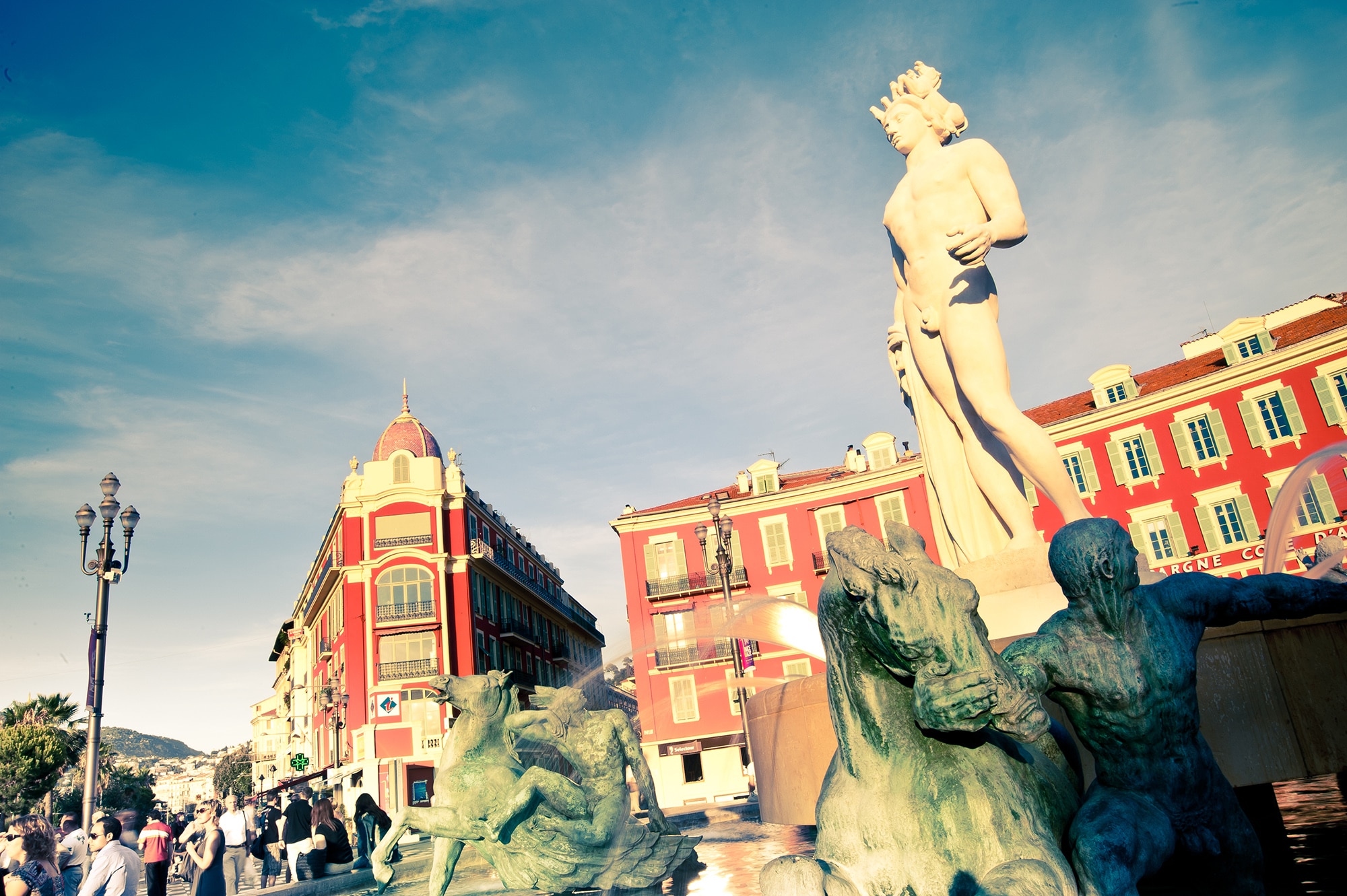
@OTM NCA / A.Issock
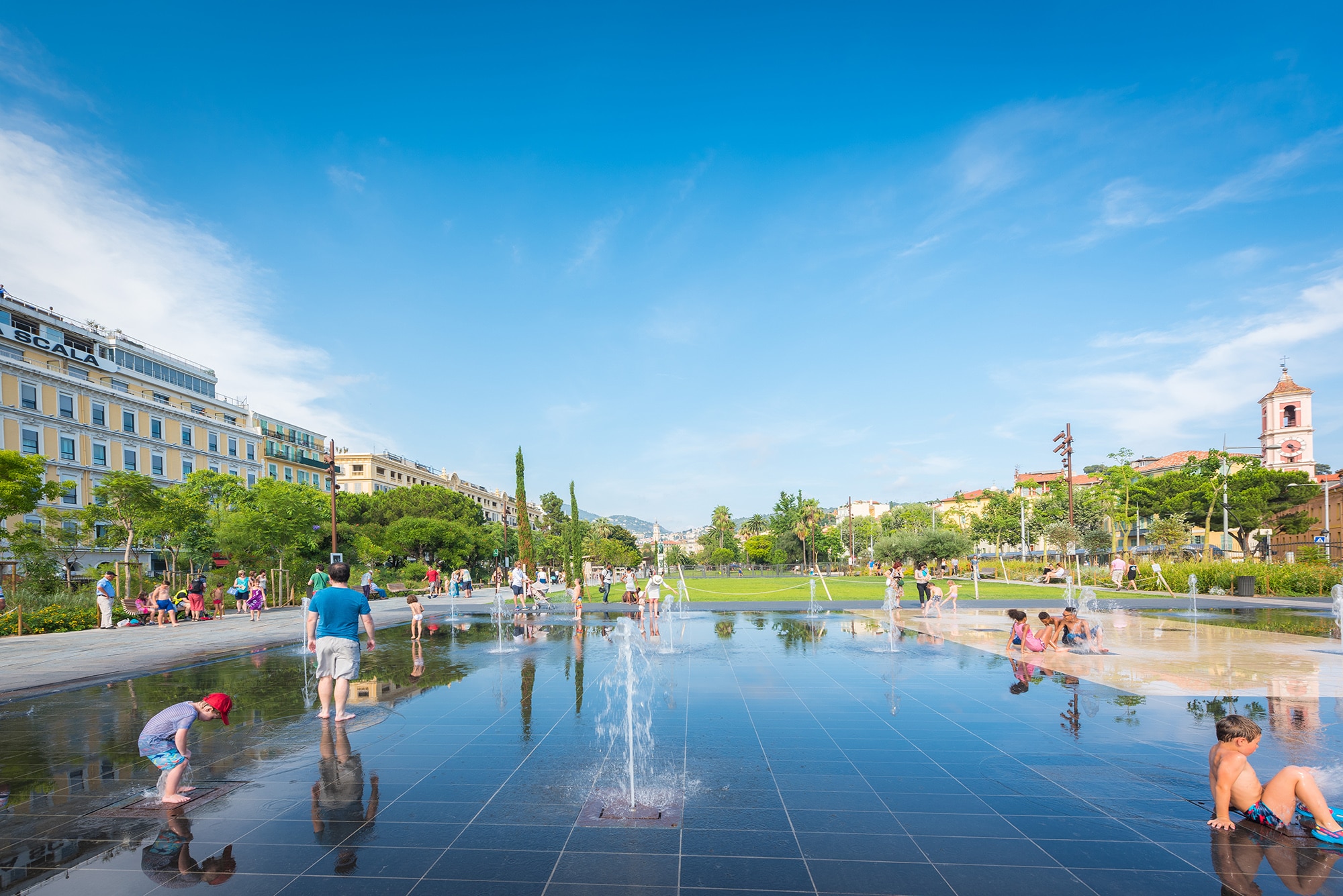
@OTM NCA / A.Issock
2. Did you know? Ozone sterilization of water was born in Nice!
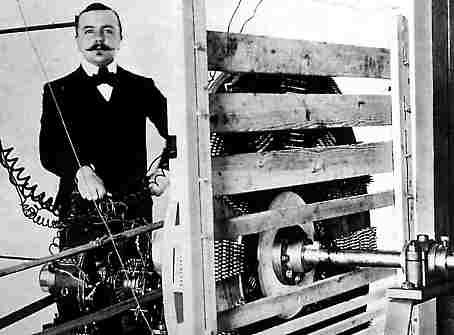
A scientist from Nice, Marius Paul Otto (1870-1939) defended a thesis in 1897 on the possibility of applying the bactericidal principles of ozone to the sterilization of water. In 1904, the city council of Nice adopted this system and dealt with Otto to build a factory.
In 1907, the very first factory in the world purifying water with ozone was built in the Bon-Voyage district of Nice. The plant, which treated water from the Sainte-Thècle/Peillon water supply, serving the eastern districts of Nice, was to be completed by another plant to purify water from the Vésubie river. This was done and the memory remains in a small building below the Avenue de Rimiez, the prelude to the large installation that we know today.
This is how the water from the hills of Nice acquired the reputation of being one of the best in the world, thanks to an odourless and tasteless treatment that preserved all its qualities.
3 – Film celebrities: Brice waiting for the wave in Nice!
It is in Nice, on the beach of the Bains Militaires that the crazy surfer (played by the actor Jean Dujardin) in the films “Brice de Nice” and “Brice 3” is waiting for HIS wave…
Far from the hustle and bustle of the Promenade des Anglais and the Quai des Etats-Unis, this beach is THE meeting place for the people of Nice, a regular beach where it is customary to enjoy a good pan-bagnat (local sandwich). It is to be found after the port, just before the restaurants La Réserve and Le Plongeoir on Boulevard Franck Pilatte, next to the Club Nautique.
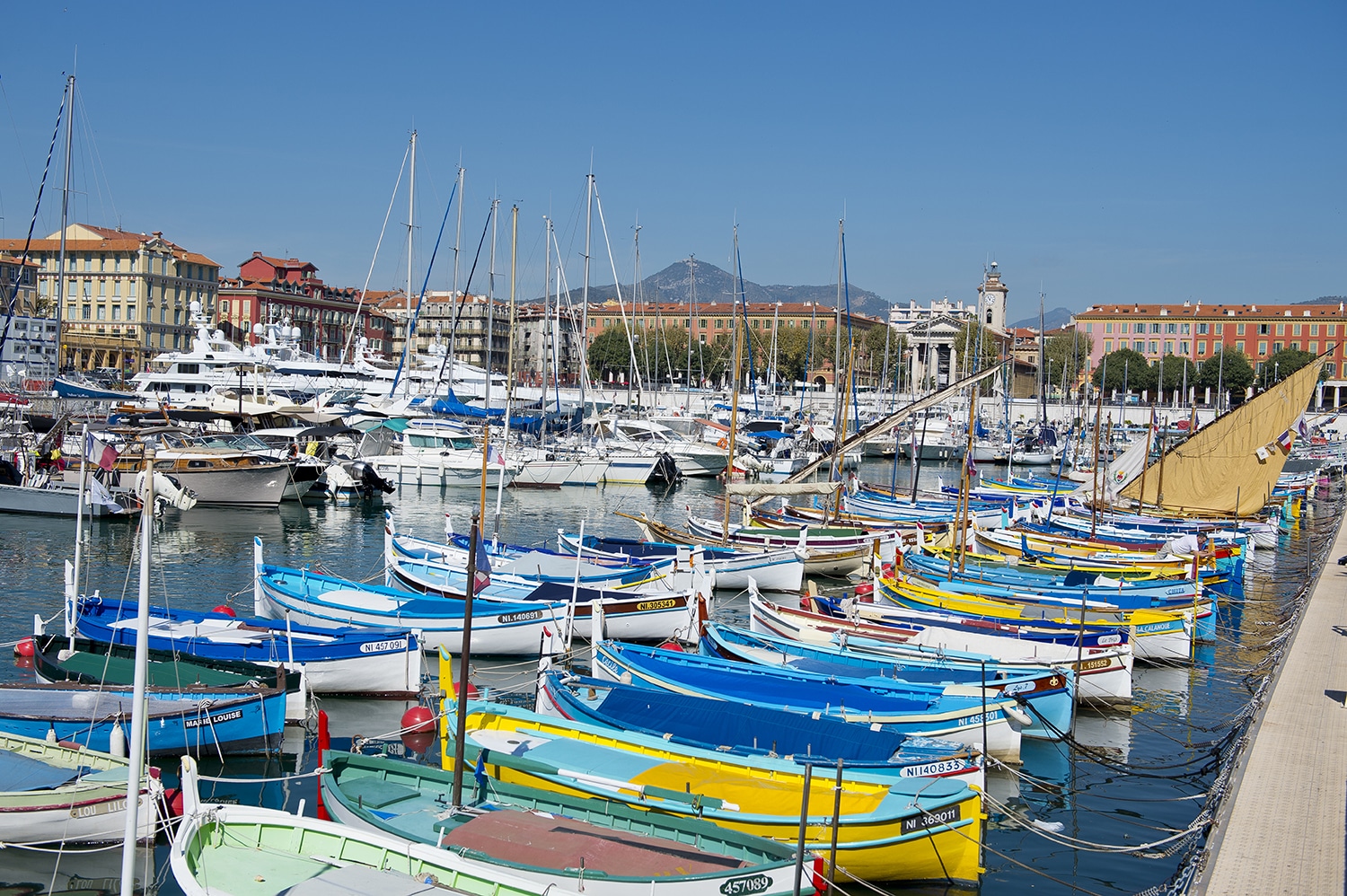
@OTM NCA / A.Issock
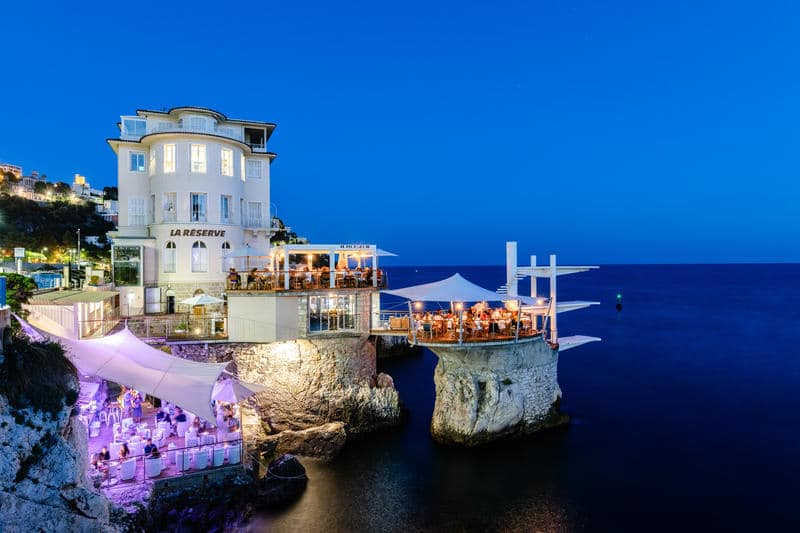
@OTM NCA / J.Kelagopian
4 – Recharge your batteries in the middle country of Nice!
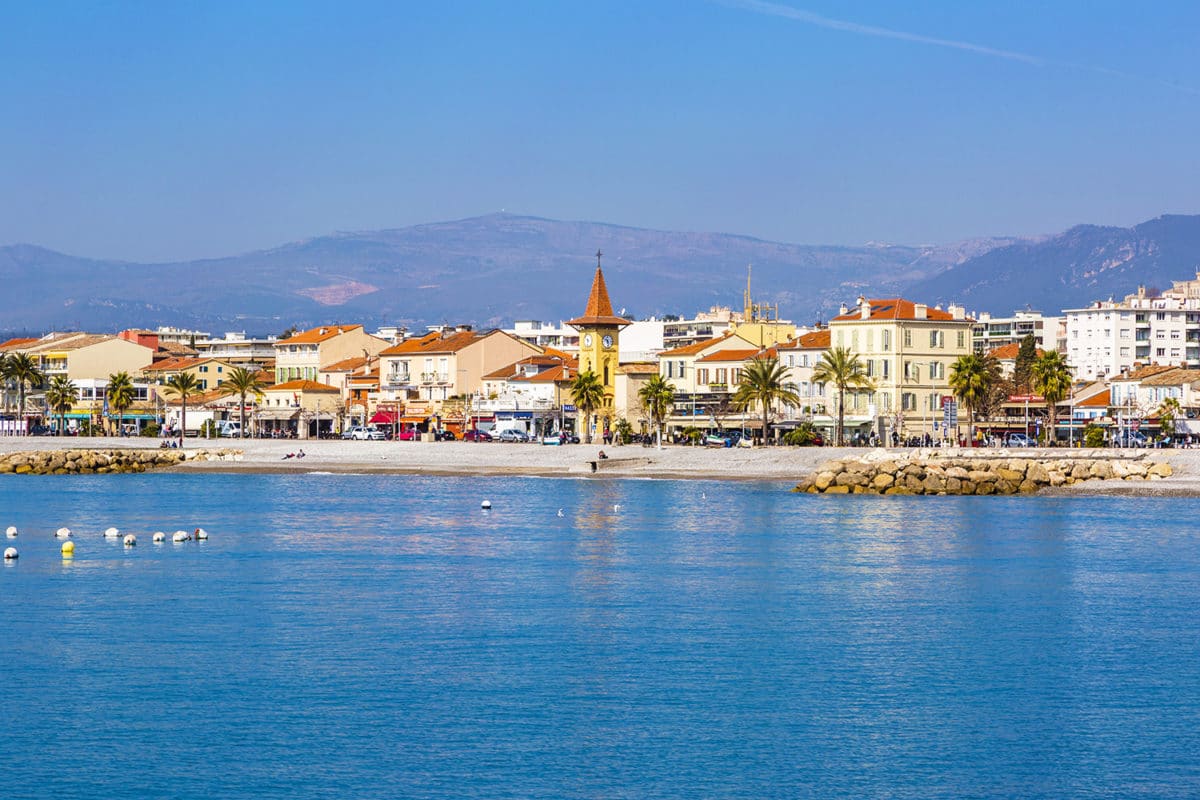
From prehistory and antiquity, it was the numerous water sources in the Pre-Alps that guided the positioning of the habitats, first in the caves and then outside. Thus, many hamlets, farms, perched villages were built on the springs, developing multiple irrigation systems: water mills, fountains, wash houses, wells, calades, irrigation canals, etc.
To begin your exploration of the middle country of Nice and its magnificent heritage, start from Cagnes-sur-Mer; go up the Cagne via the departmental road to discover Vence.
“The first charity in a village is its fountain.”
Gaston Bonheur, French journalist and writer
Vence
Pretty city of the arts, Vence was truly born in Roman times because of its privileged geographical position -on an exceptional promontory overlooking the sea; protected by a belt all in relief, the Baous- and especially because of the presence of two water sources, one of which has exceptional virtues: the Foux. Some great Roman personalities are said to have stayed in Vence to take a rejuvenation cure.
The town now has 24 fountains all fed by this water. Come and taste it and discover to what extent it is part of the natural education of its inhabitants. Here, all the children grow up drinking from the fountains.
In Vence, the Fountain Festival takes place on the 3rd weekend of May. During this day, these artistic and historical water features are celebrated with music, songs and dances.
A little further north, on this beautiful green expanse that is the middle country, stands the Baou de Saint-Jeannet, a real rocky peak used as a climbing wall by the greatest climbers in the world. At the foot of this majestic spur, the village, also watered by fountains, allows walkers and hikers to fill their water bottles with fresh and pure water.
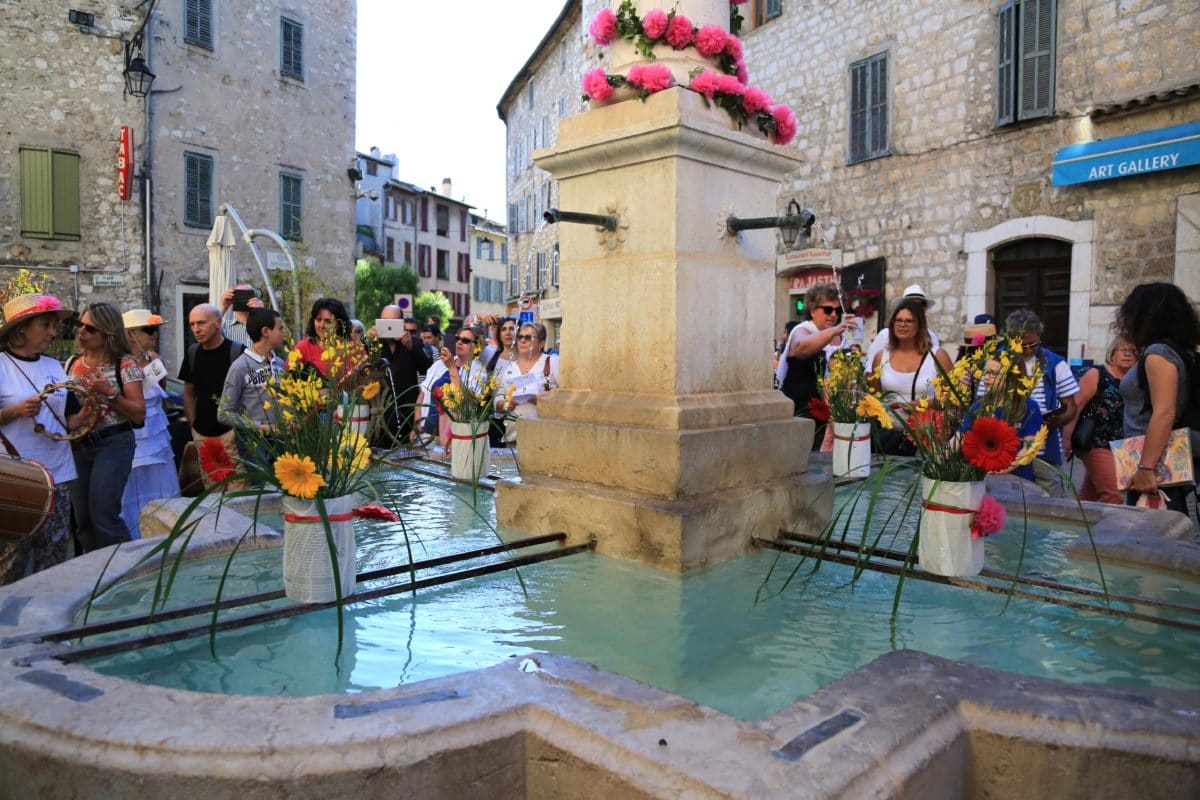
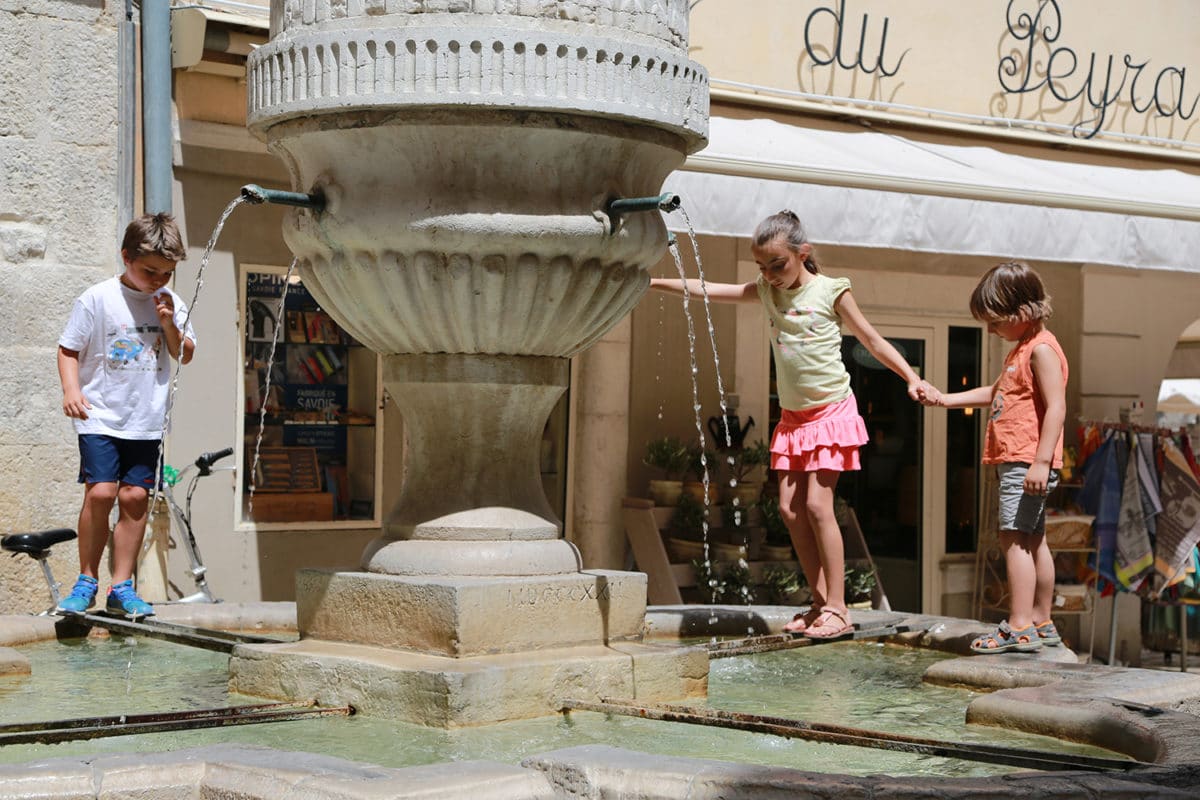
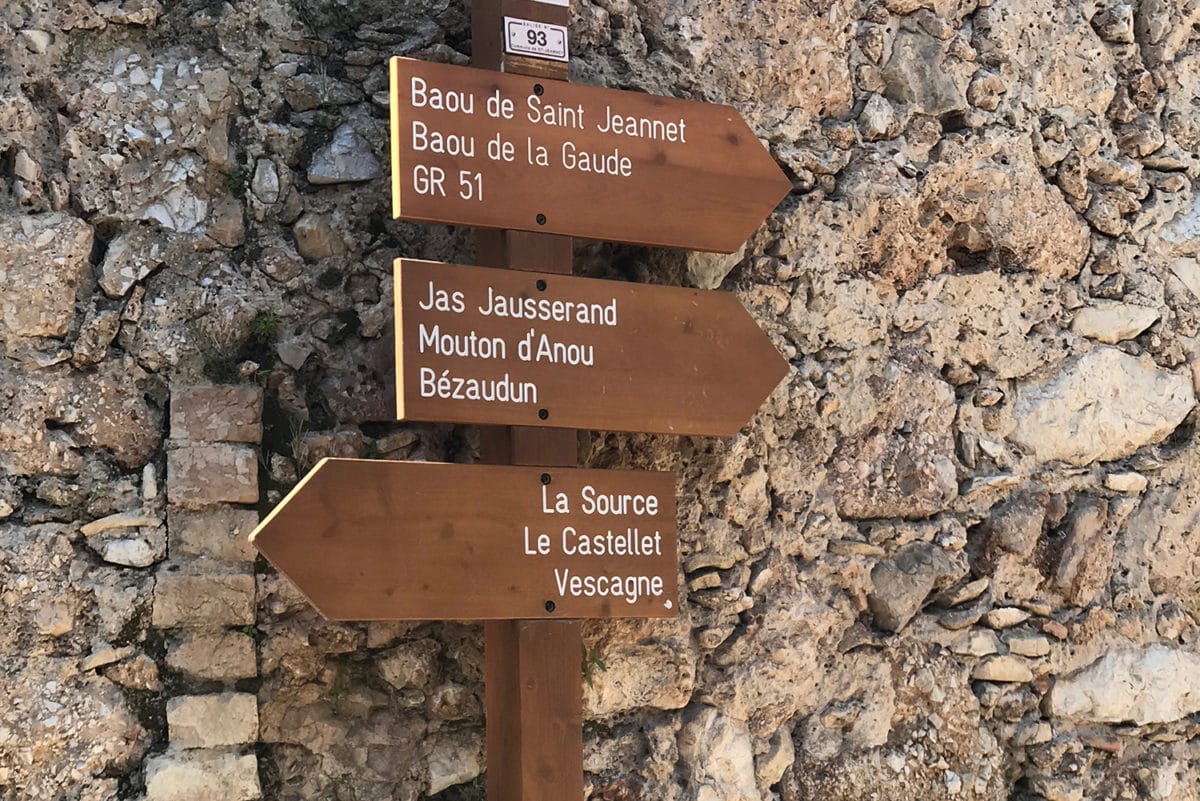
Le Lac du Broc
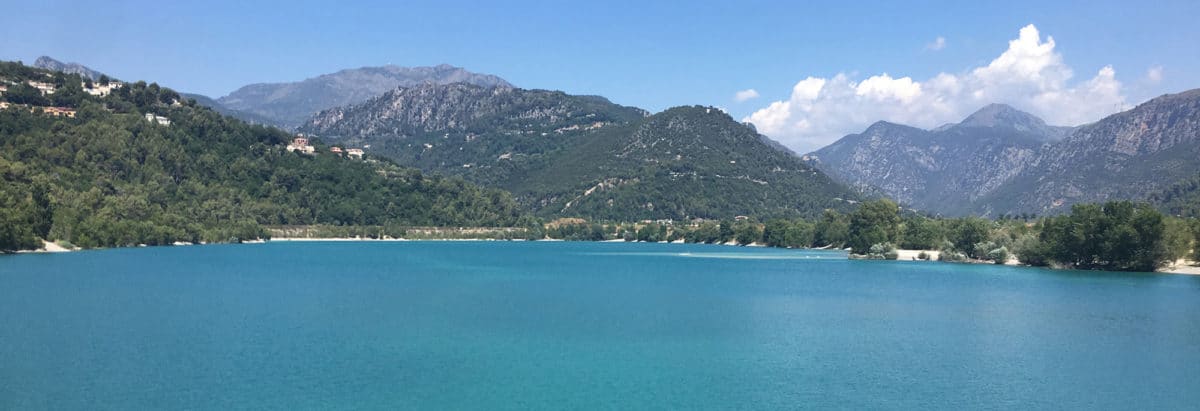
At the confluence of the Var and the Estéron, the Lac du Broc brings a real turquoise note to the 22 hectares of land within a departmental nature park. You will enjoy strolling there with your family or having a picnic.
The banks are well laid out, and this stretch of water has become a haven of peace for many species of birds that feast on the many species of fish that the lake contains.
It will take you less than an hour to walk around it, on a trail that is level and passable by all. You will see that it is one of the favourite places for fishermen, walkers, pedestrians and cyclists of all ages.
Gilette
Going up the Var, you will reach Gilette, a charming village nestled on the cliffside. It is one of the gateways to the Estéron Valley, a river flowing at the bottom of the valley of the same name. From its visit, the belvedere and the esplanade of the castle, with their breathtaking panoramas of the village, the mountains, the surrounding rivers and even the Mediterranean, will be revealed. It would be a real shame to pass by without stopping there!
About 4 km after the village, it will take you about 30 minutes to walk down to the Pont de la Cerise, a splendid place very popular with the locals. The natural pools are taken by storm in the summer (despite the ban on swimming and the relative coolness of the turquoise waters which peak at 17°C). It must be said that this natural site is simply sublime. It is also very pleasant to enjoy sunbathing on the smooth rocks.
However, be aware of the effort you will have to make when leaving this magical place. The ascent may indeed seem long and challenging for some people and especially for young children (220 metres of difference in altitude over 1.5 km – allow about 1 hour for the return ascent, cap, water bottle and camera!).
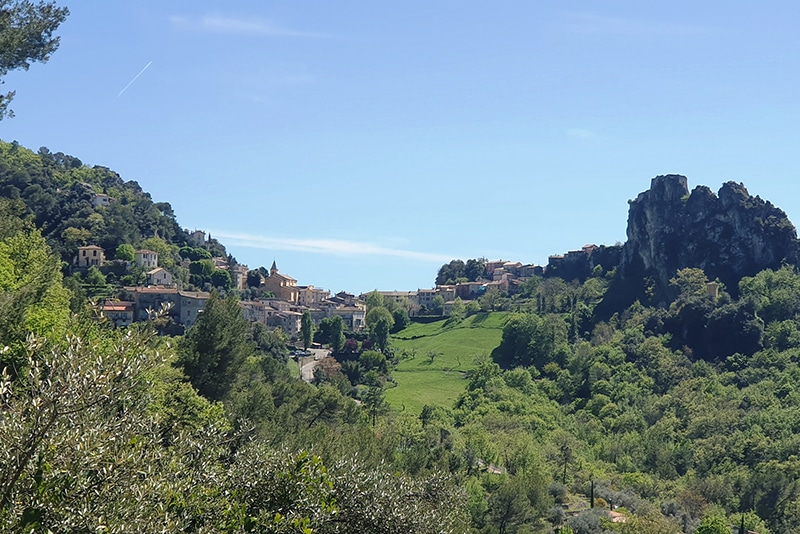
@BIT Gilette
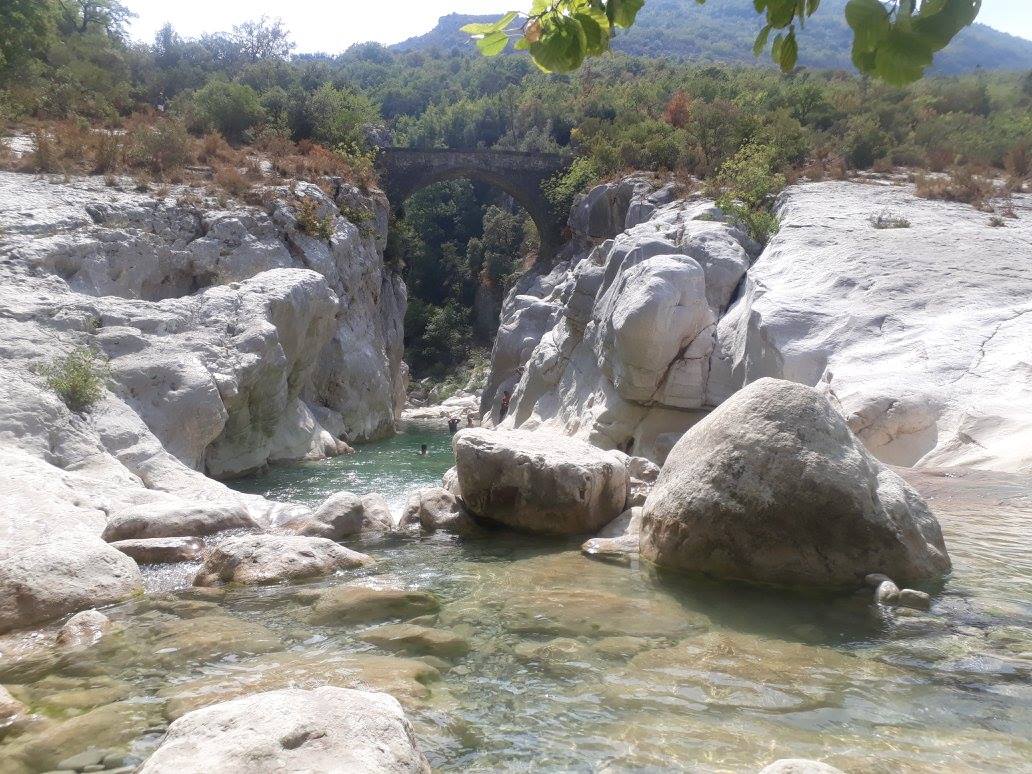
@OTM NCA / JM
Levens
On the other side of the river, you will see Levens, another village, perched on its rocky spur and located at equal distance between the coast and the Mercantour. It is a very popular place for lovers of aquatic activities, as it is surrounded to the north by the Vésubie valley and offers beautiful canyoning trips. Of course, it is essential to be supervised for this kind of activity, because the flow of the rivers and local knowledge are essential to make your discovery fantastic.
Levens also has a municipal outdoor swimming pool. Open only in the summer and offering an exceptional view, it will allow you to swim simply suspended… between the sea and the mountains.
A little further north, you’ll find Duranus. This small village has the peculiarity of having a fountain-wash-house which remains an essential water point today for cyclists who wish to quench their thirst during their journey. The Duranussians will gladly tell you the history of their village. Belvedere of the Saut des Français, former arsenic mine, memories of Queen Jeanne and other anecdotes will teach you a lot about the eventful past of this village scattered on the hillside.
Not far from there, in the commune of Utelle, in the Vésubie valley and only 35 minutes from Nice, the Imberguet canyon is an unmissable spot for white water sports enthusiasts.
Fed mainly by melting snow and rain, it is only passable in spring, ideally in May-June and generally dry in summer.
It is therefore an early season canyon, very enjoyable with its narrow gorges, swimming lanes, numerous slides and its jumps of up to 7 metres.
Whether you are a seasoned sportsman or a complete beginner, this activity is quite feasible, provided you are in good physical condition.
You can, of course, choose to be accompanied by professionals in possession of a certificate or state diploma issued by the Ministry of Sports and Youth.
We invite you to continue your “Nice Côte d’Azur, a water story” itinerary by going through the high country and its magnificent landscapes.
However, if you wish to end your journey there and go back down towards Nice, don’t forget to stop in Aspremont, above the gorges that close the valley north of Nice. This village is very special because the houses are set in a spiral pattern, built in concentric circles around the church. Wander through the narrow streets. You will discover a small fountain or a wash-house at every corner. Wherever you are, there is the same dazzling view of the Big Blue in the distance!
5. Take a breath of fresh air in the high country!
The Vésubie valley offers a multitude of possibilities for sports tourism with the hikes of the Mercantour National Park, the via ferrata of the Lantosque Canyon, the giant zip line and the ski slopes of the Colmiane, the thermal complex of Roquebillière, the Vesubia Mountain Park and its artificial canyon at Saint-Martin de Vésubie.
Let’s set off together, along the water, to test some of these exceptional sites!
The spa resort of Valvital Berthemont-les-Bains
Only 1 hour from the coast of Nice, the spa resort of Valvital Berthemont-les-Bains, in the commune of Roquebillière, overlooks the Vésubie valley. At an altitude of 960 metres, it is the perfect destination for nature lovers, with walks, observation of the fauna and flora, unique panoramas…
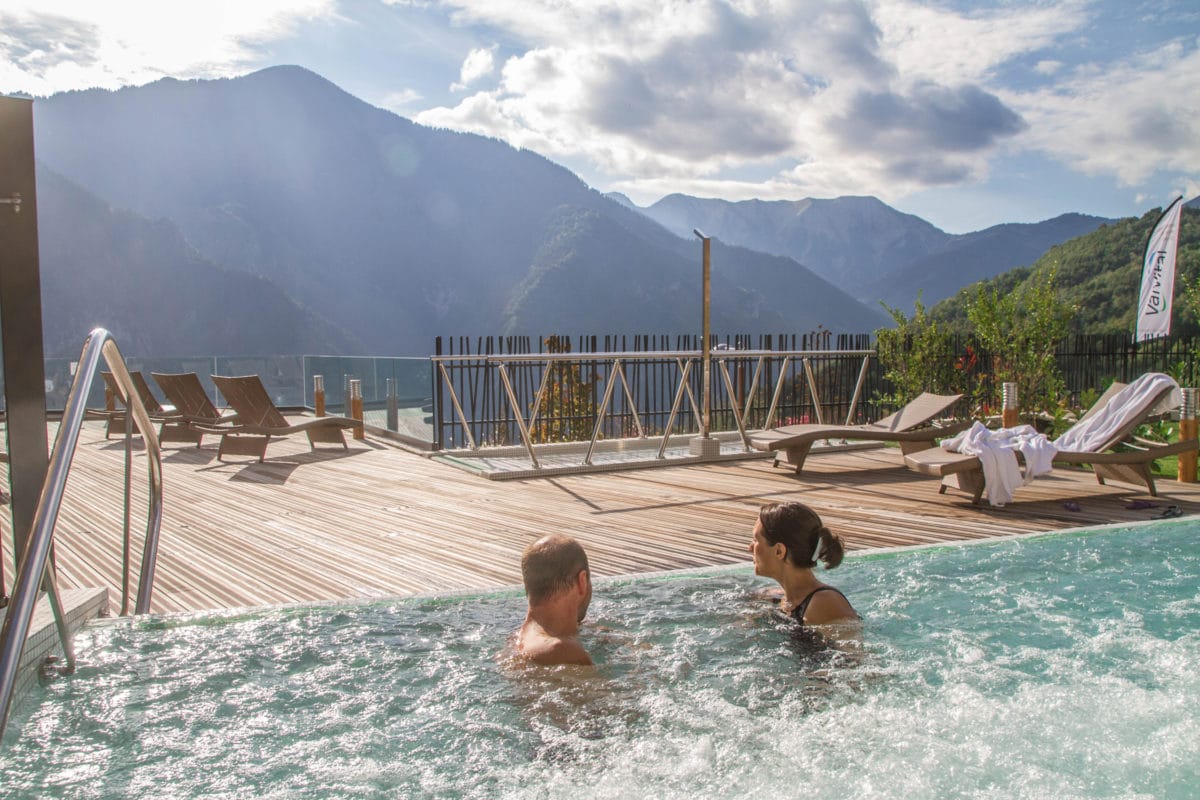
In the heart of the village of Roquebillière, the 1,200 m2 biological swimming pool offers you, in summer, water at 24°C entirely filtered by plants and therefore without any chemical treatment.
Its grassy beaches, its children’s playground, its fishing lake, its picnic area with barbecue, its 3 free tennis courts and its 2 km long sports course will allow you to recharge your batteries in a haven of tranquillity, in the middle of a protected nature.
The Via Ferrata des Canyons de Lantosque
Looking for sensations, greenery and freshness? Head a little further south. Overlooking the Riou canyon and the Vésubie gorges, the Via Ferrata des Canyons de Lantosque is undoubtedly the most beautiful in the region. You will, without a doubt, be amazed!
Open from June, and of progressive difficulty (3 levels), this route suspended from the cliff offers you its monkey bridges over the torrent, for guaranteed emotions, with a great view of an old aqueduct before a steep vertical ascent.
If you are uninitiated or with children, the easiest part (Les étroits de Riou) offers you an excellent initiation.
In case of difficulty of progression, two escape routes (nevertheless quite physical) will allow you to get out at the level of the first and second third of the course. You never know! It’s perhaps reassuring to have this information before starting… So, shall we try?
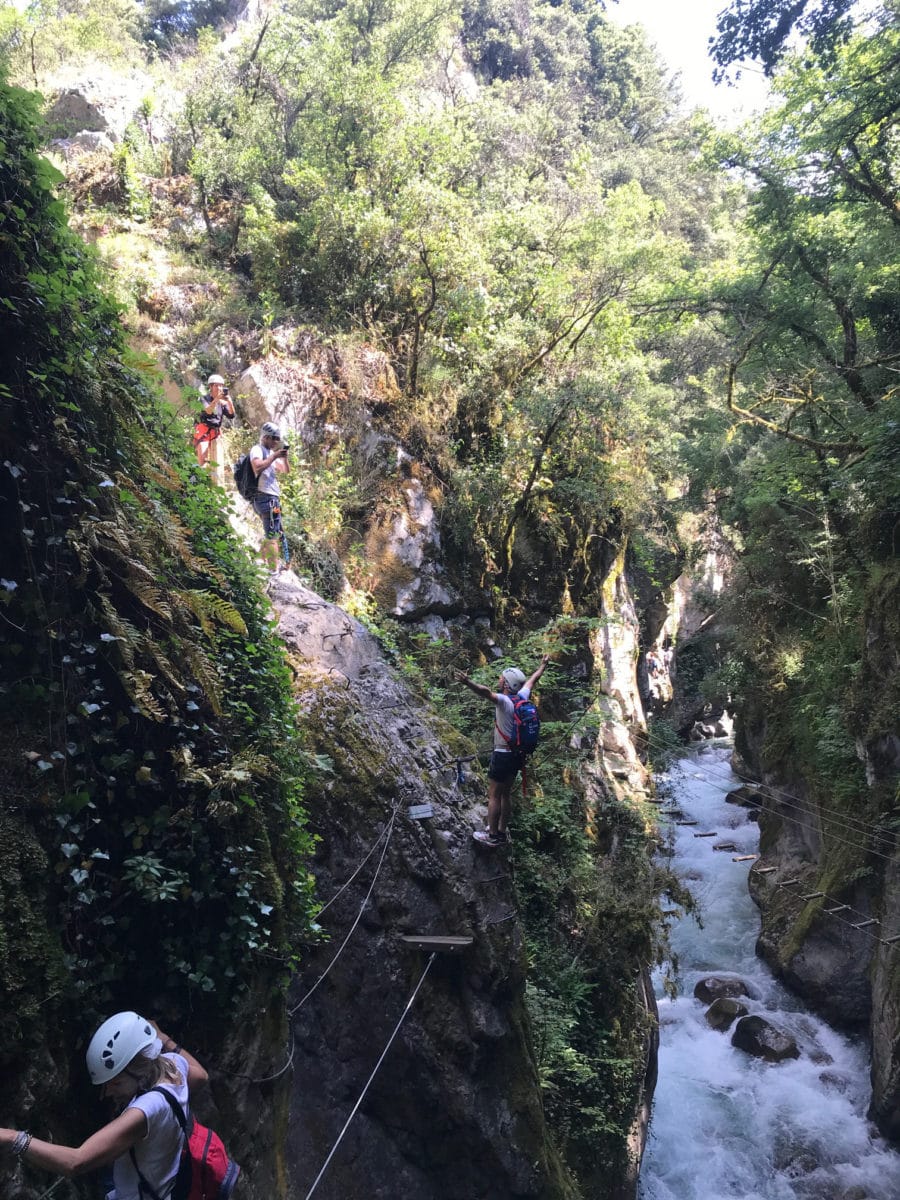
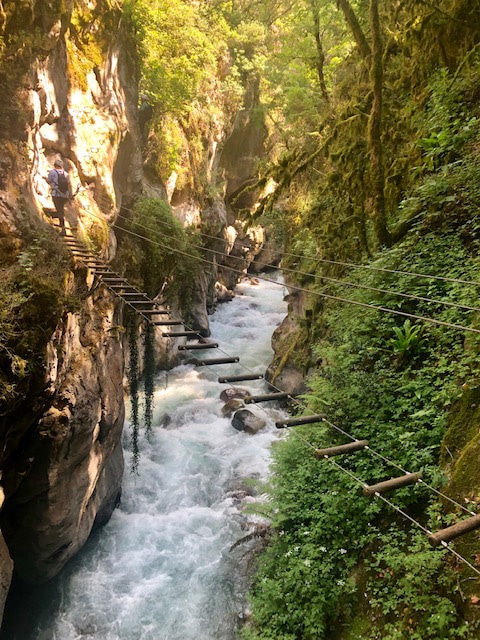
@OTM NCA / SJ
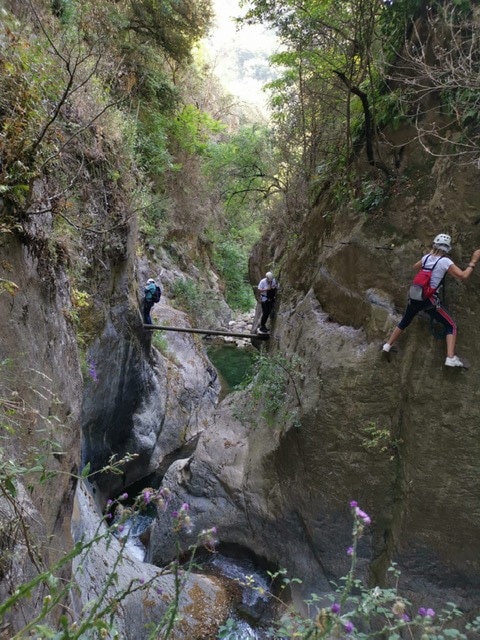
A river with lots of fish to catch!
Entirely classified in category 1 fish farming, the Tinée is a river with a large population of fish, especially trout. So if the desire to “tease the gudgeon” tickles you, go to Saint-Etienne-de-Tinée or Saint-Sauveur sur Tinée. 45 km of river, numerous valleys and 22 lakes will allow you to freely indulge your passion for fishing. Please note that the fishing card issued by the AAPPMA (Association agréée de pêche et de protection des milieux aquatiques) is compulsory. Fishing is open from 14 March to 20 September 2020.
More information at the information office of the Metropolitan Visitors Bureau in Saint-Etienne de Tinée.
6. Be water-friendly
True “mirror of the soul”, water nevertheless reflects a fragility that must be respected.
If it is precious and represents our dignity, it is essential to adopt common sense behaviour such as avoiding baths, turning off the taps, or not using polluting detergents…
In the wild, don’t throw anything in the water. Don’t pollute riverbanks. Degradation is slow and any pollution can be carried for miles. As soon as you can, avoid walking in the water.
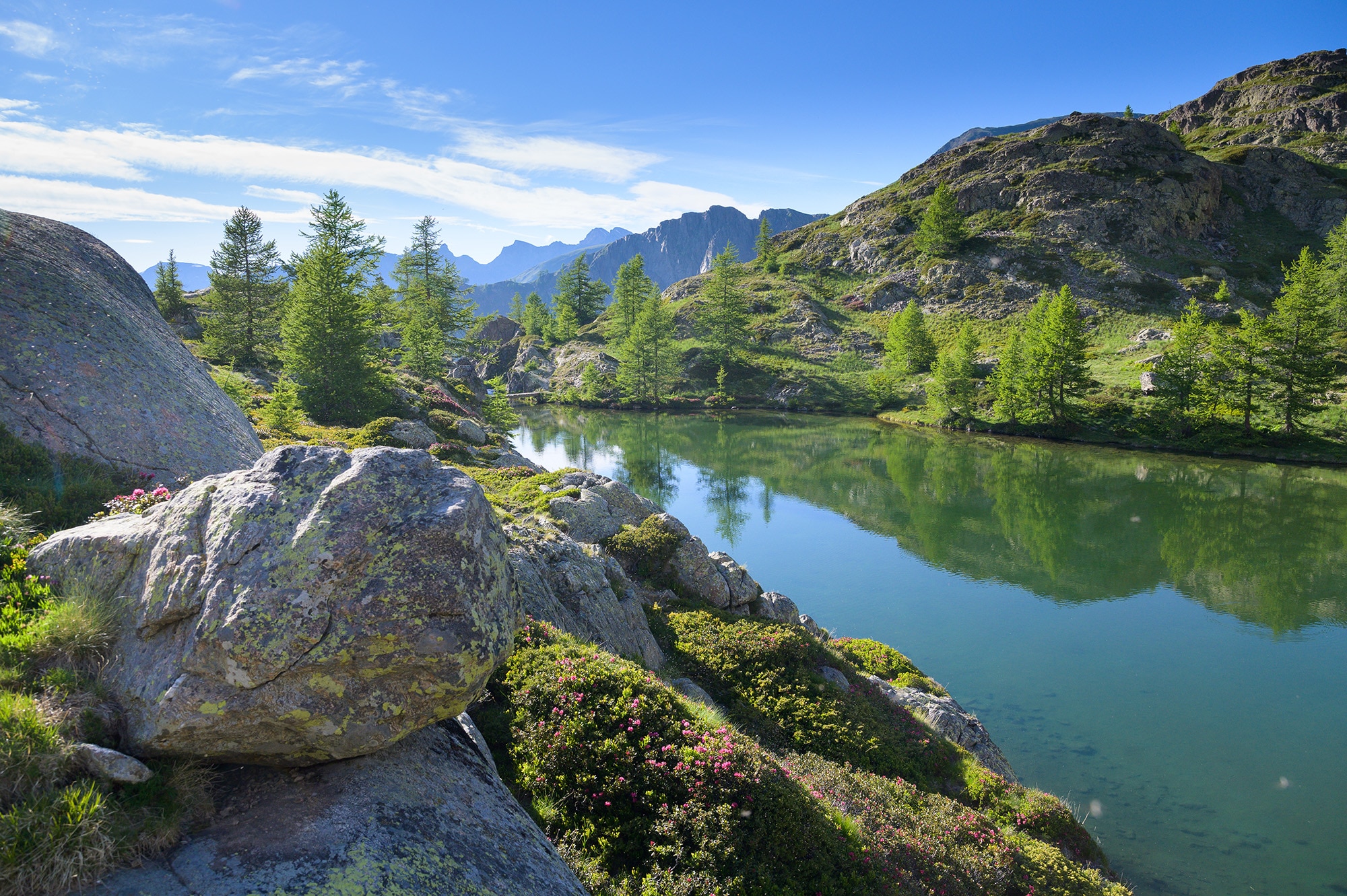
@Agence Media
7. Our best addresses
Where can I sleep?
For all your accommodation searches in Nice and its region, visit the free booking platform of the Nice Côte d’Azur Metropolitan Convention and Visitors Bureau.
Looking for unique accommodation?
- Sleep in a wooden hut perched in a tree! Go to a pine-cone-shaped bed and breakfast in the Ecrins de Belvédère for an unexpected experience!
- The Ecolodge “Moonlight Chalet” in Saint-Martin-Vésubie offers you its three chalets and a duplex in the main house, in total symbiosis with nature. Here, ecology is at its best! You will inevitably be won over by the exceptional and serene setting, conducive to relaxation, even meditation, by its natural pool, its carefully decorated rooms, in full harmony with the environment
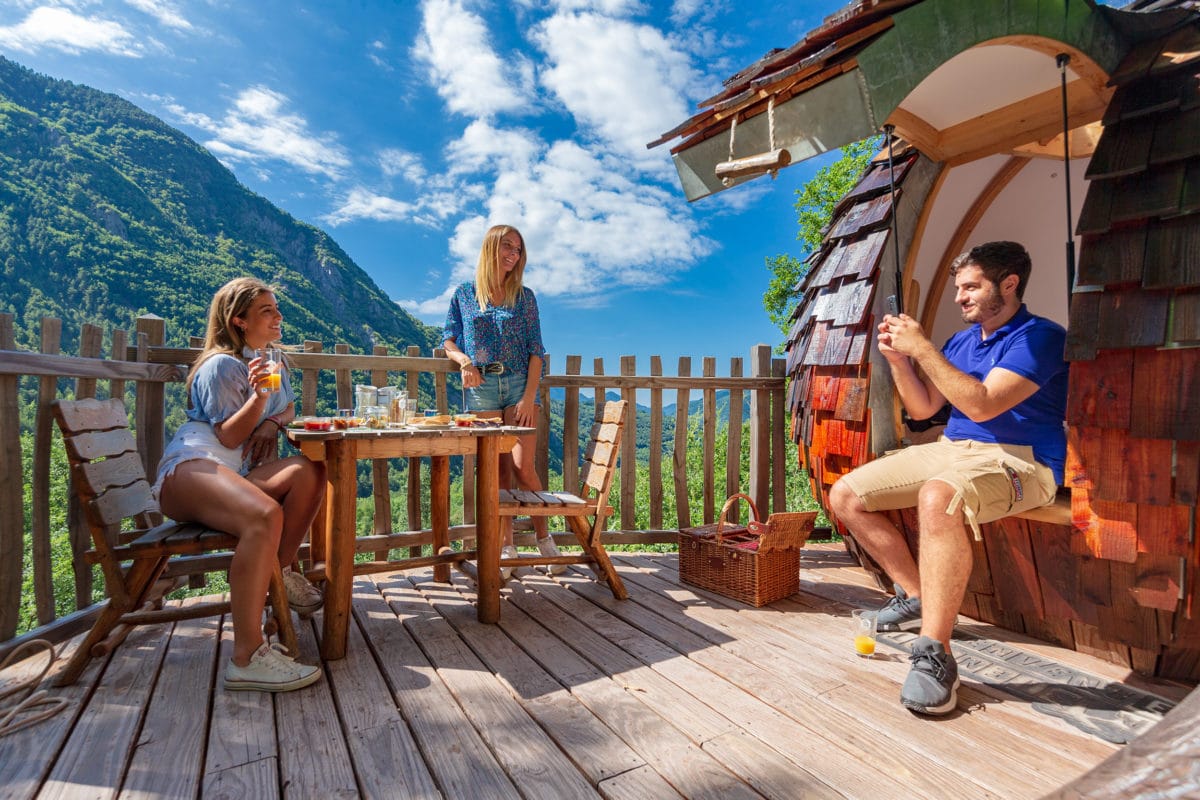
@OTM NCA / J.Kelagopian
Where can I enjoy authentic Niçoise cuisine?
The label “Cuisine Nissarde” is awarded to restaurants that work to enhance the value of the cuisine of Nice by committing to respect the recipes, the solicitation of local producers, the quality of the products and raw materials used, the quality of reception and customer information as well as compliance with health and safety regulations.
Find all the labelled establishments here.
On your itinerary “Nice Côte d’Azur, a water story”, we advise you more specifically:
- Restaurant L’Estragon, in Le Broc
- Restaurant Lou Countéa, in Gilette
- Restaurant La Gaudriole, in La Gaude
- Restaurant Le Pous Café, in Rimplas
Book your activity on the free booking platform of the Nice Côte d’Azur Metropolitan Convention and Visitors Bureau.
Find a professional for your next activity

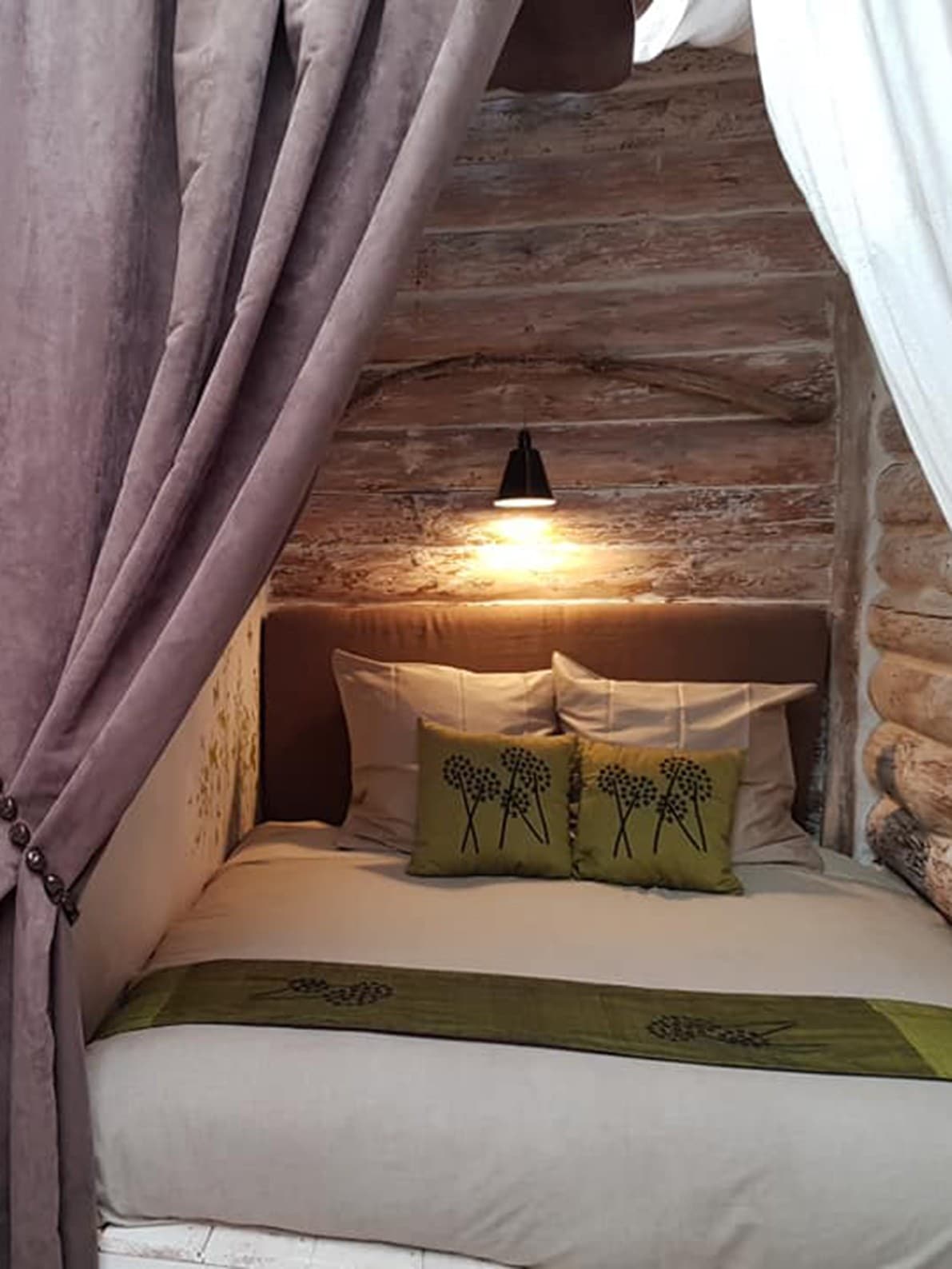

@OTM NCA / SJ
Enjoy your visit and stay in Nice Côte d’Azur!

